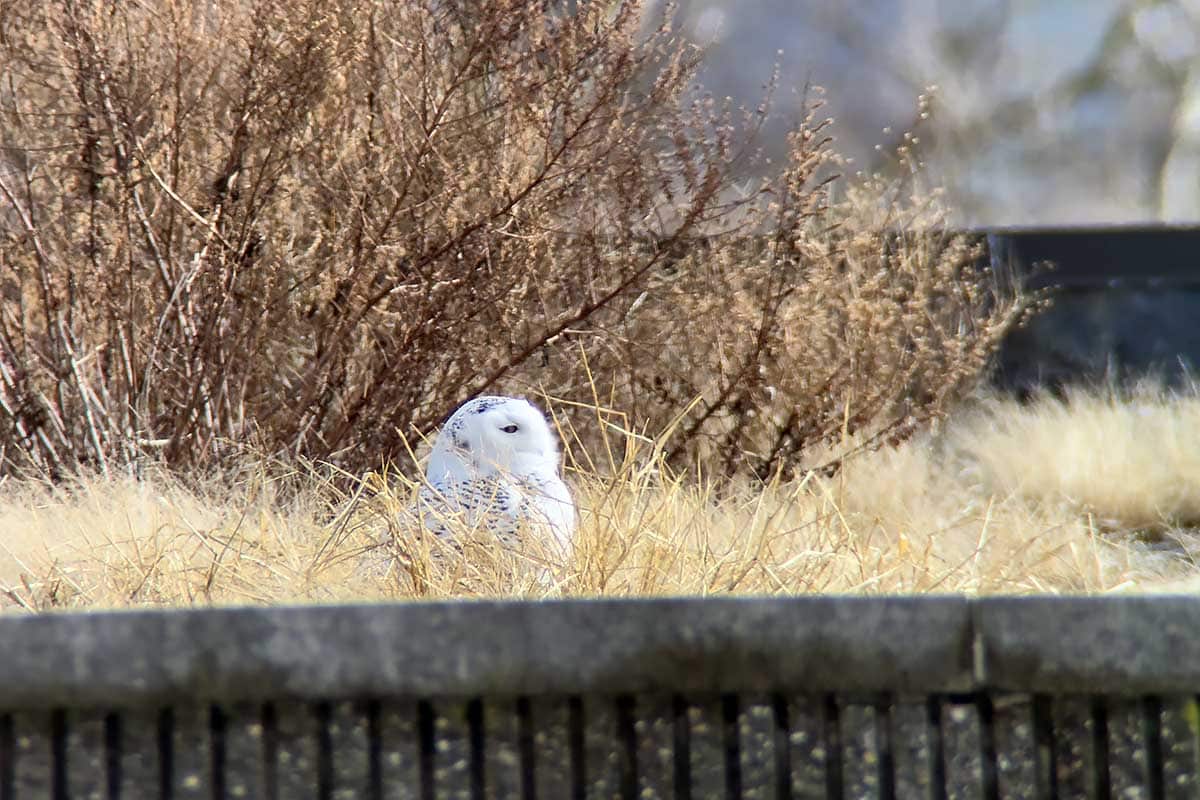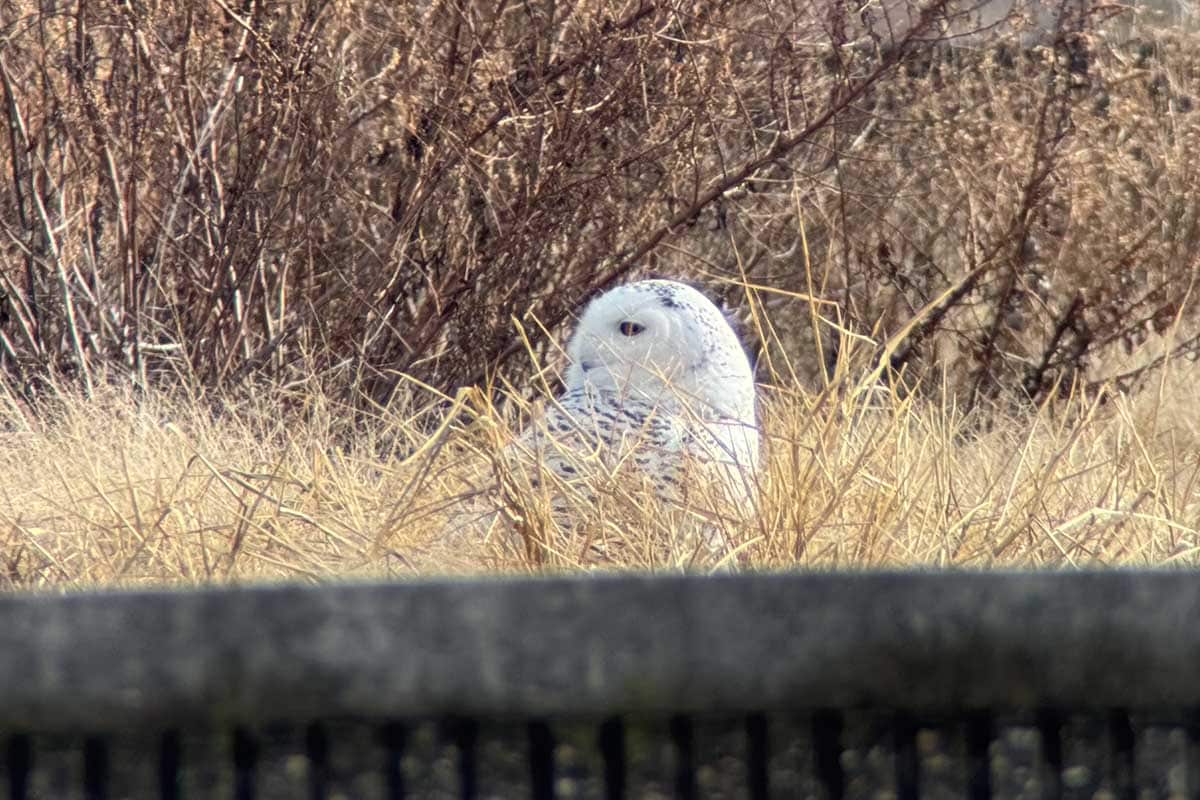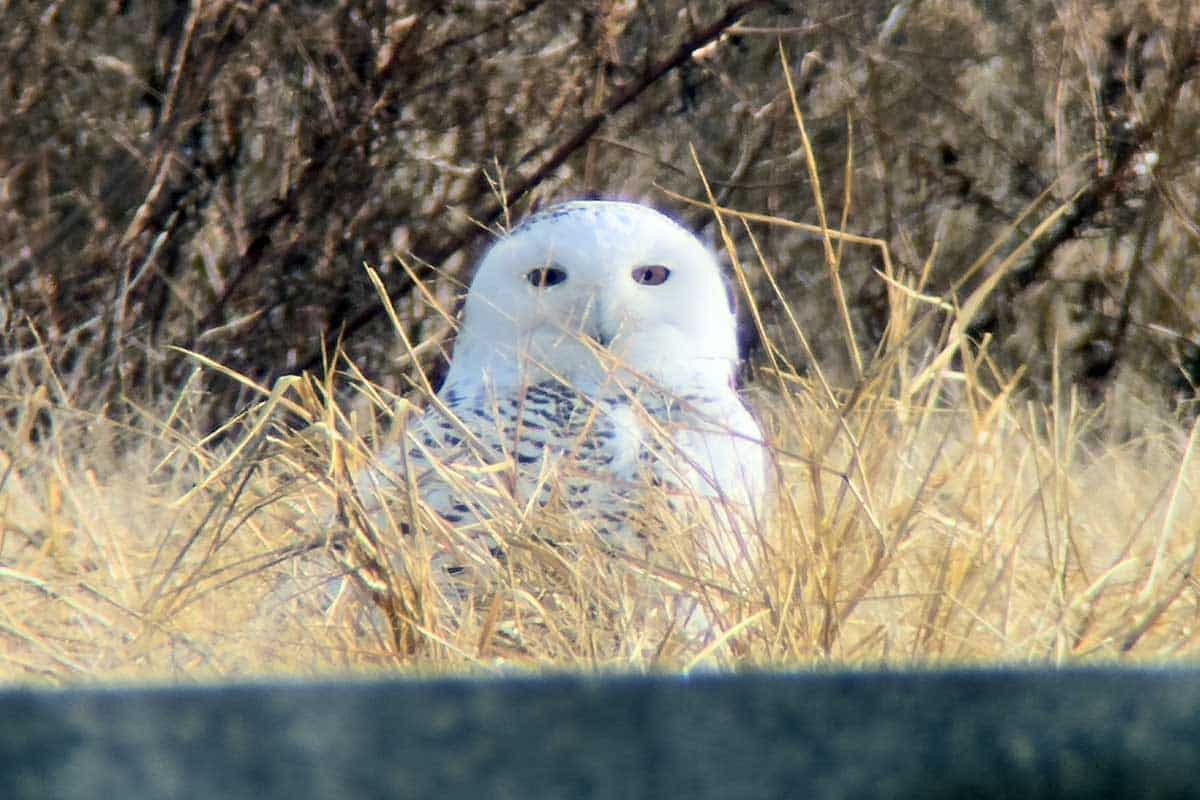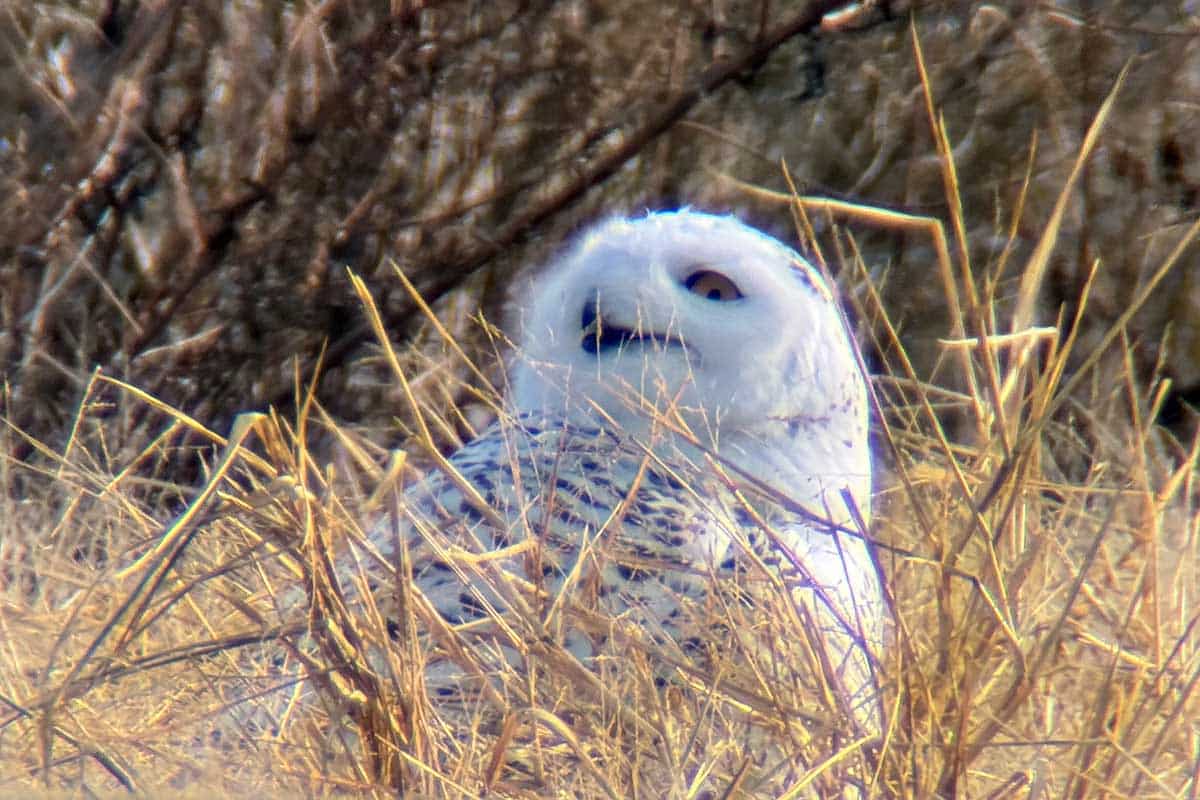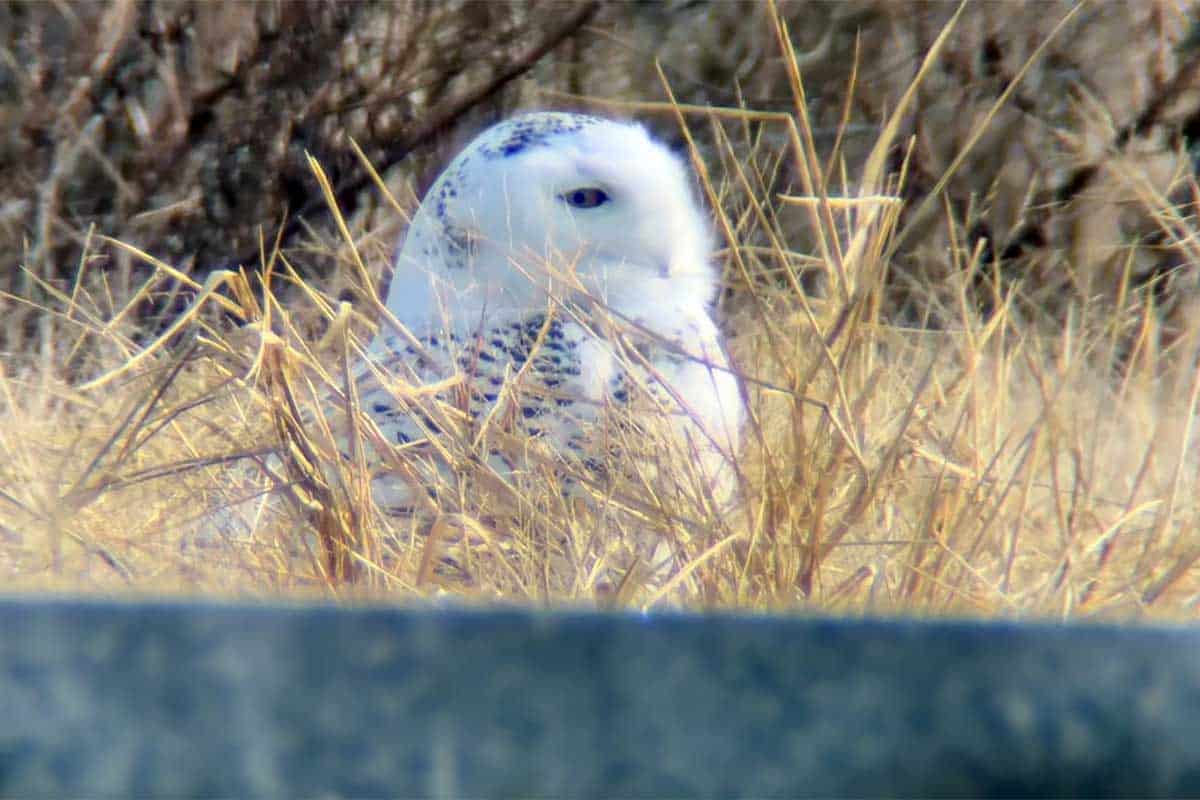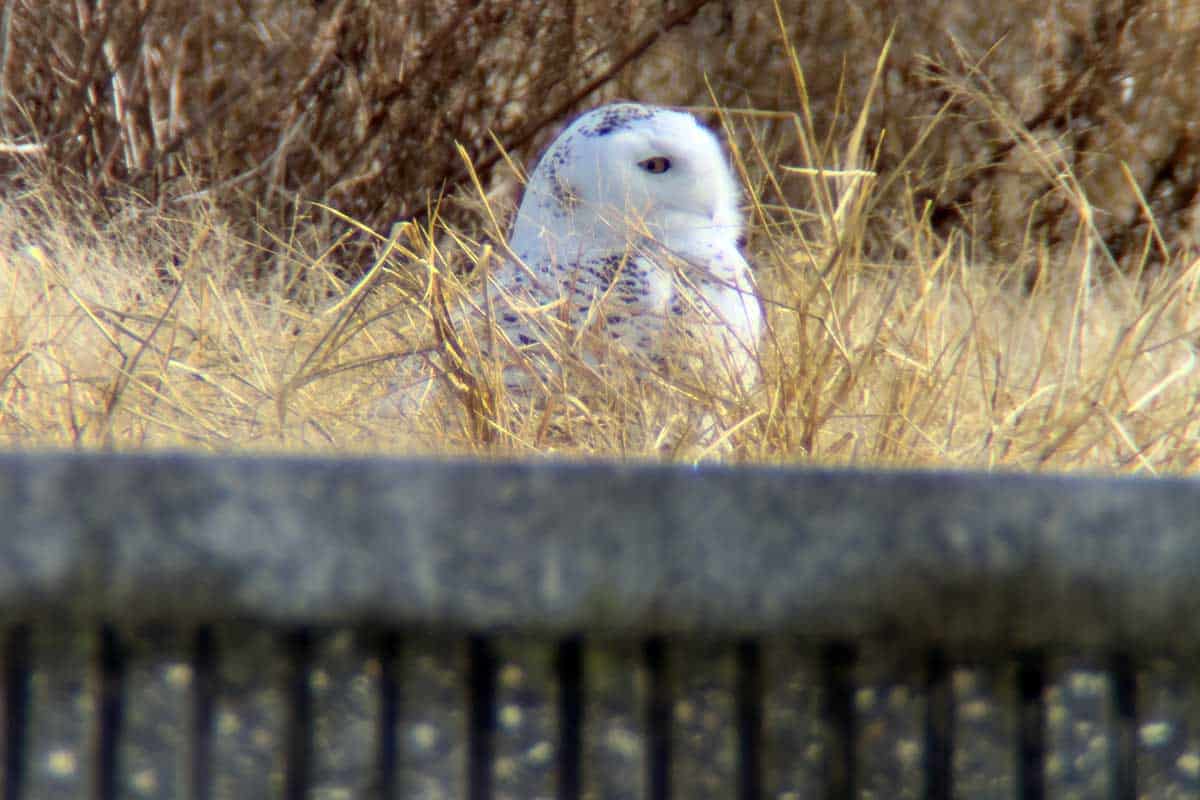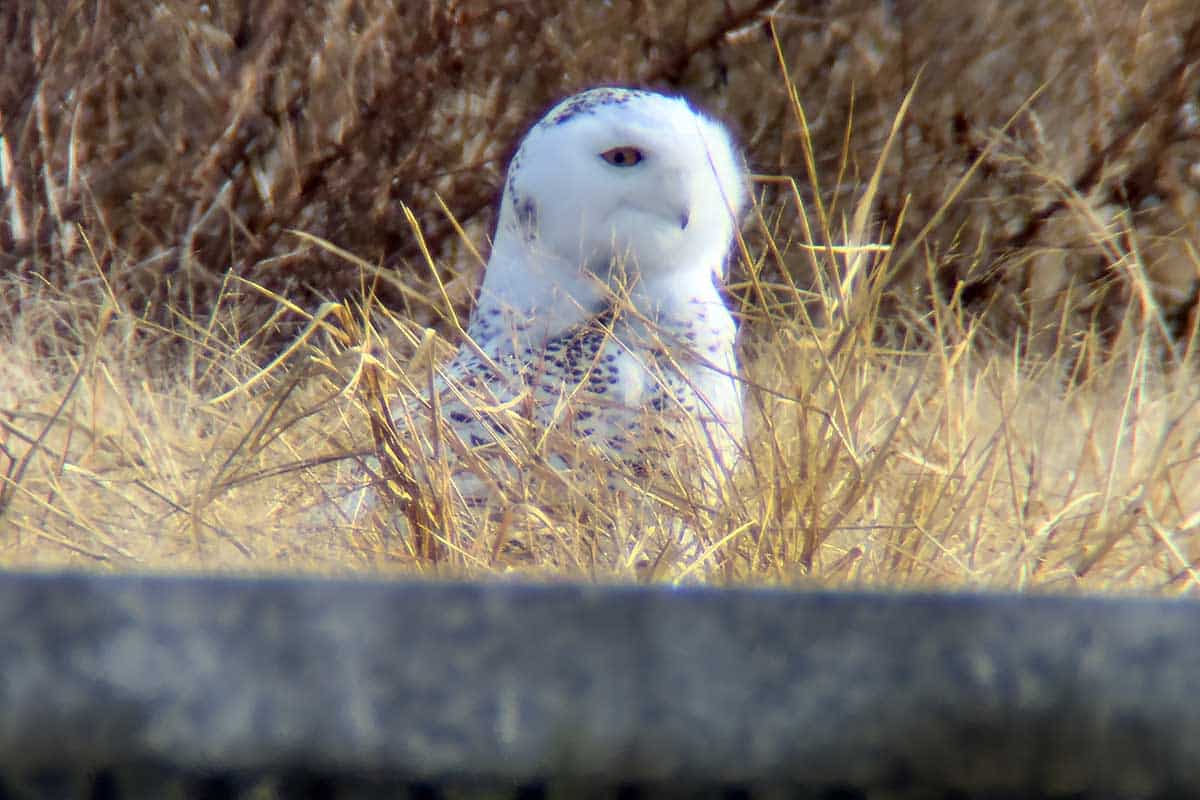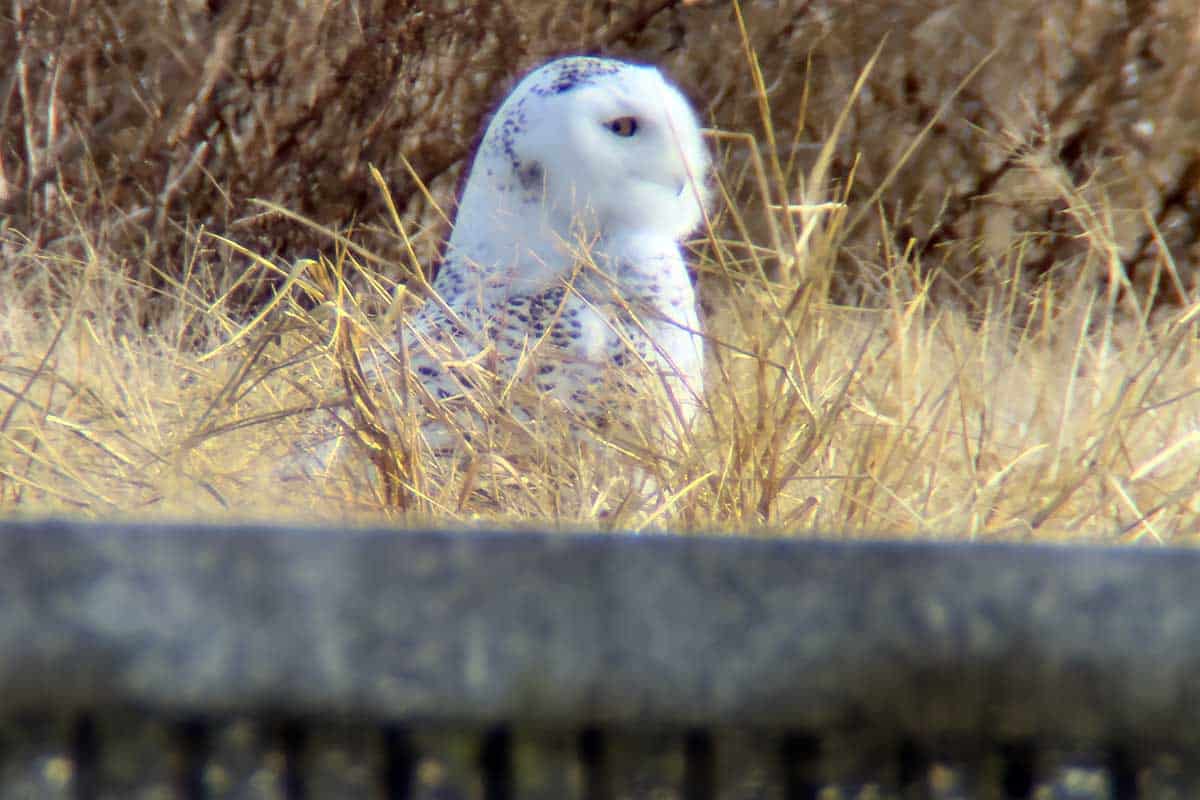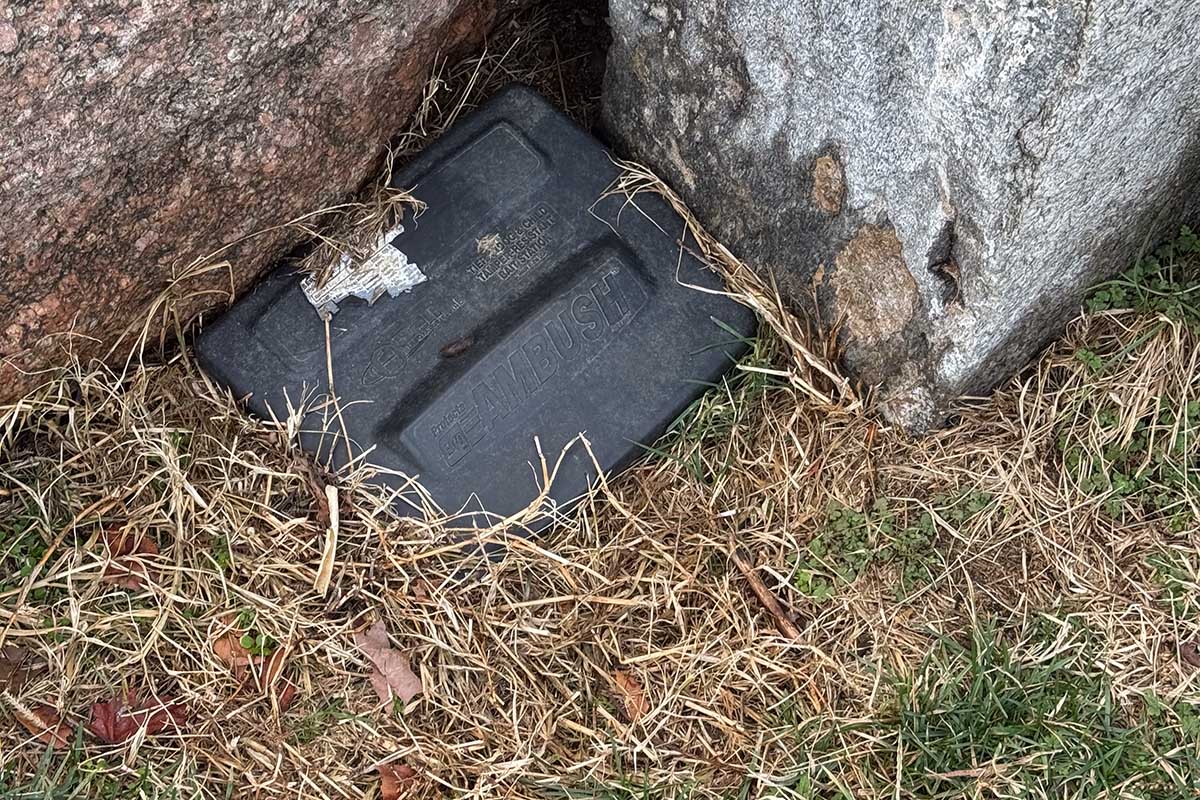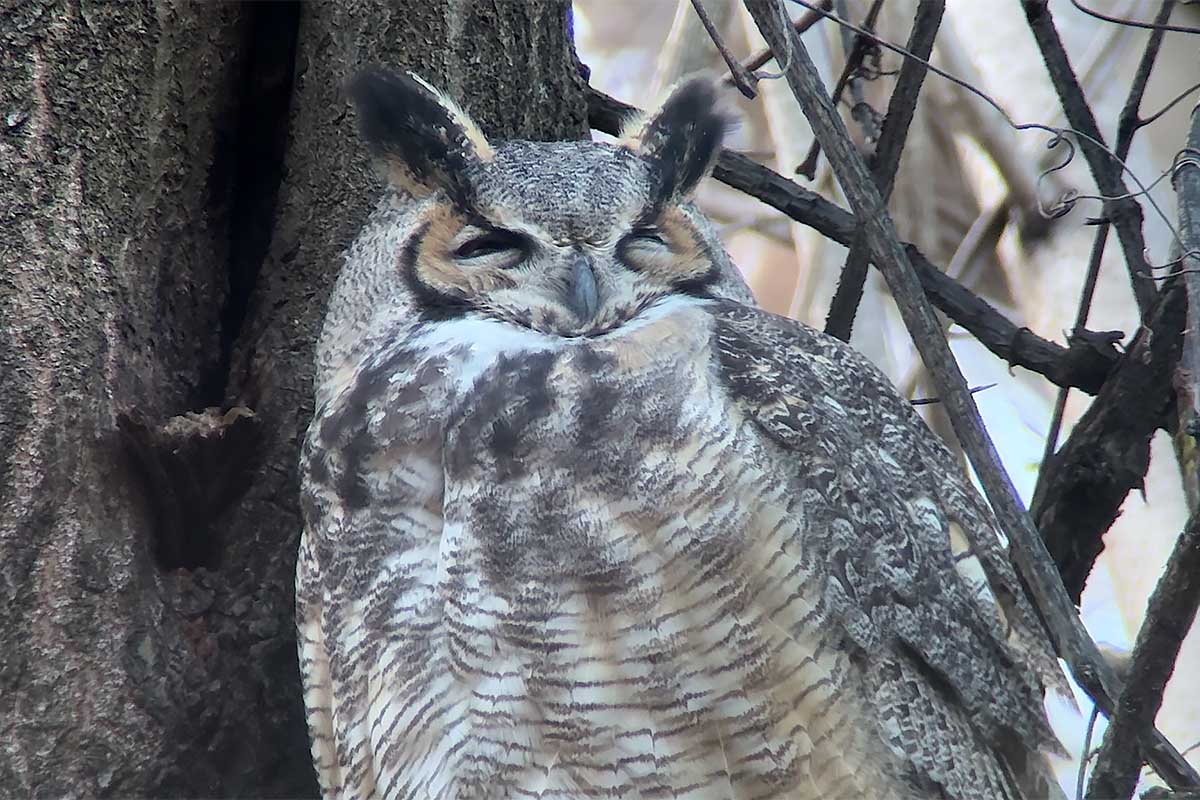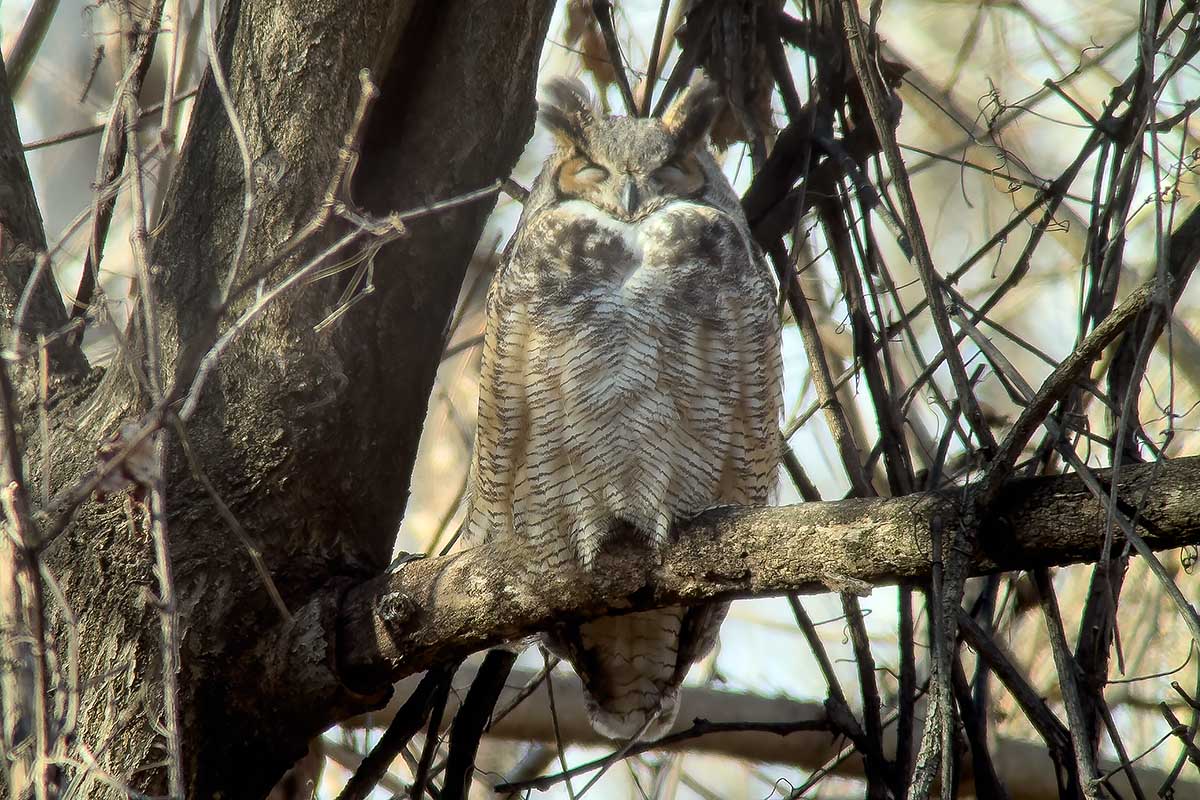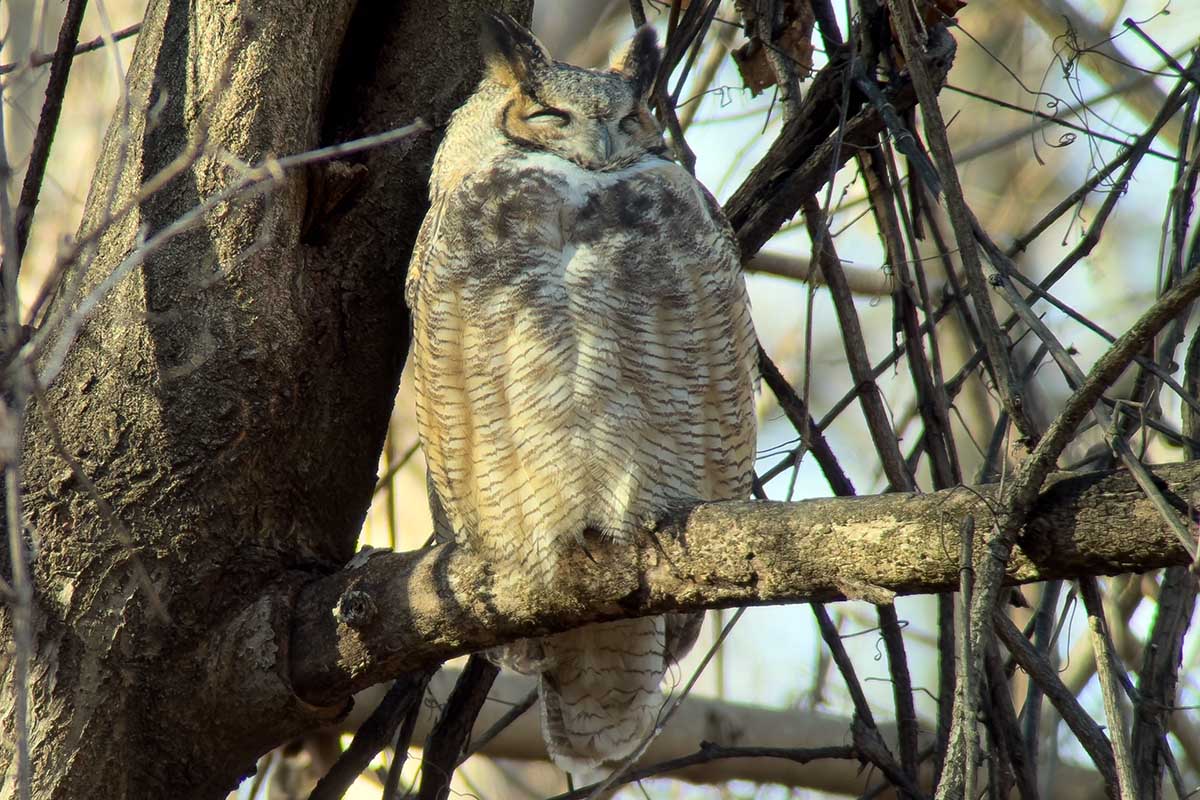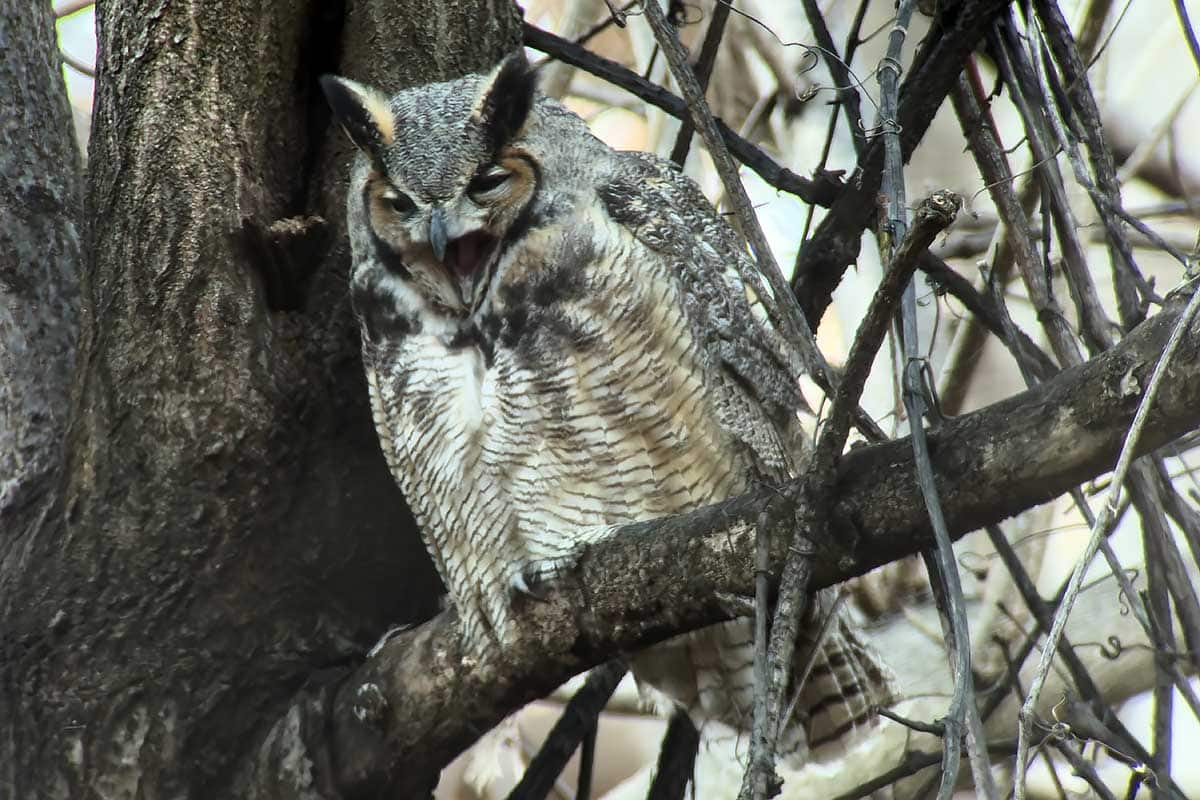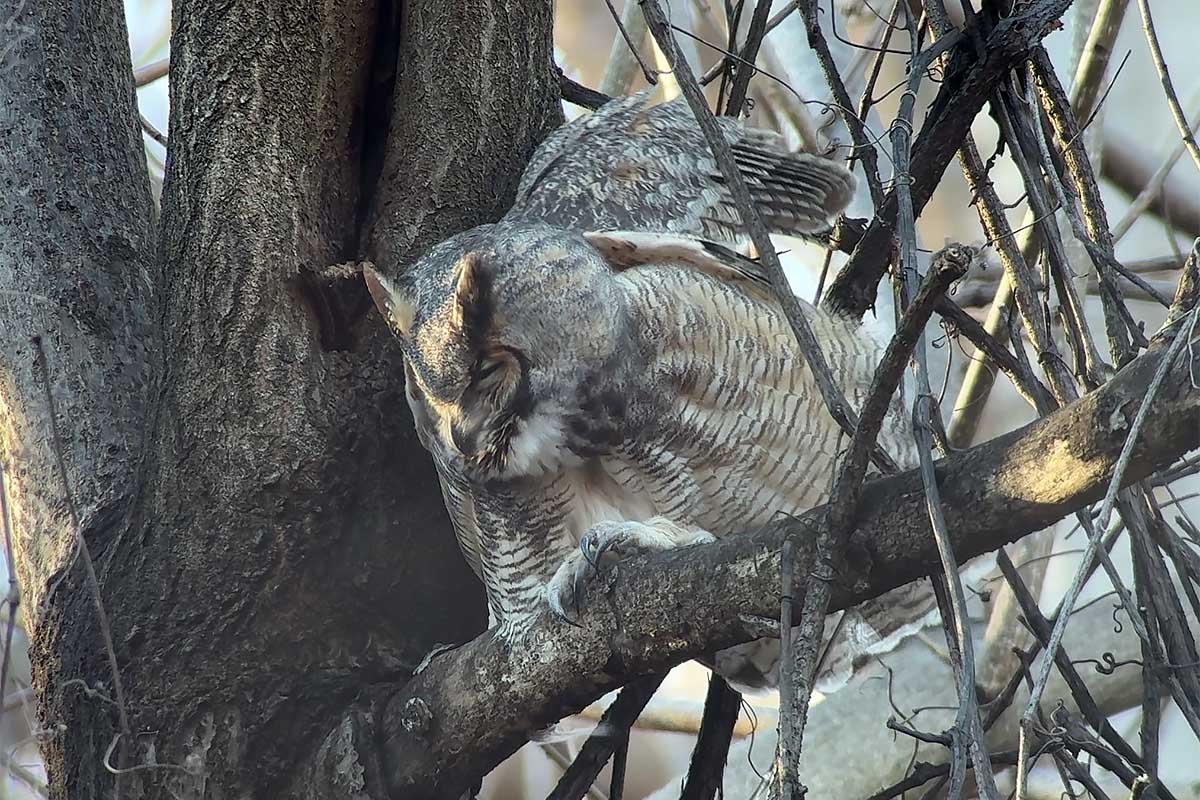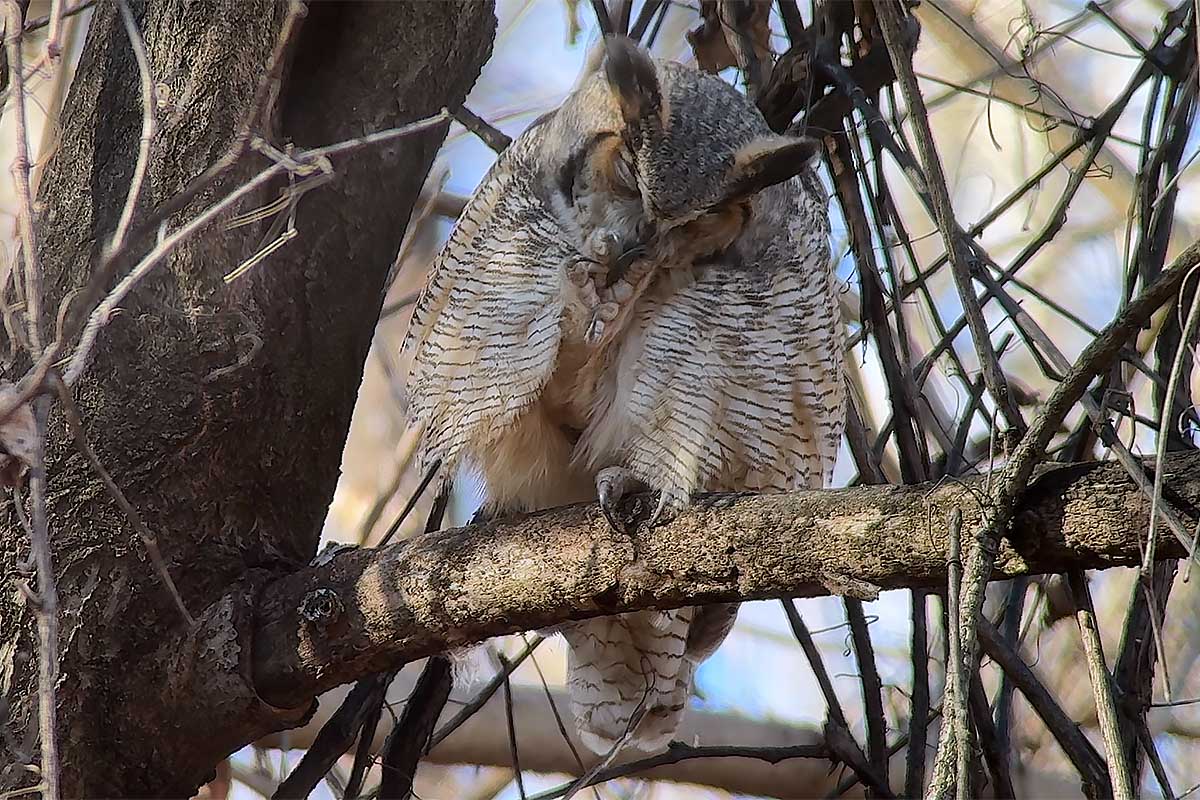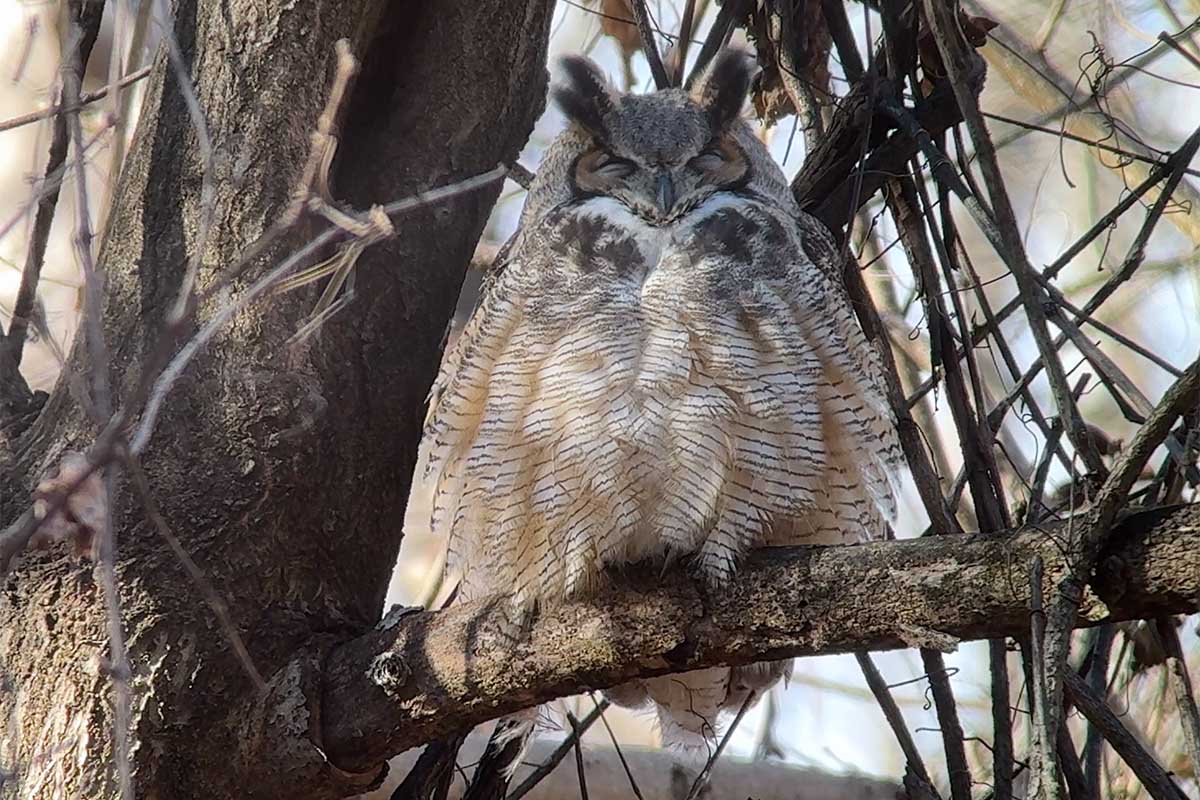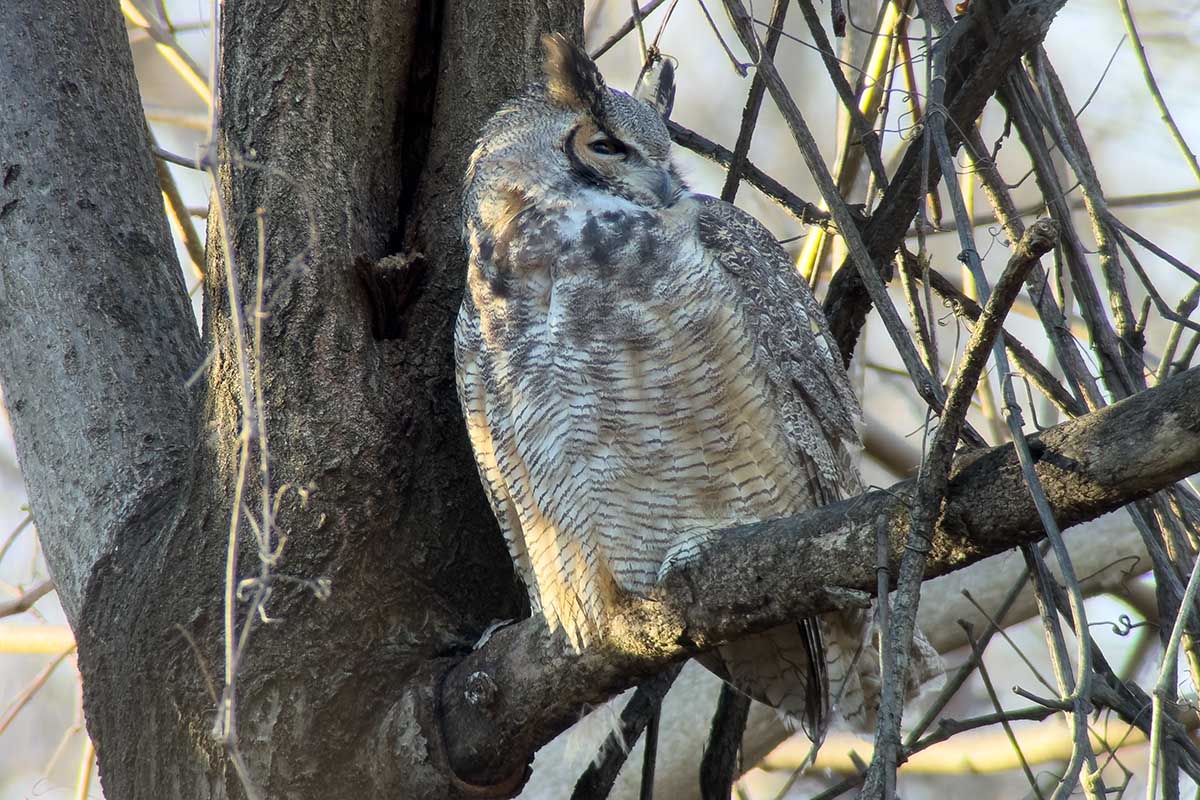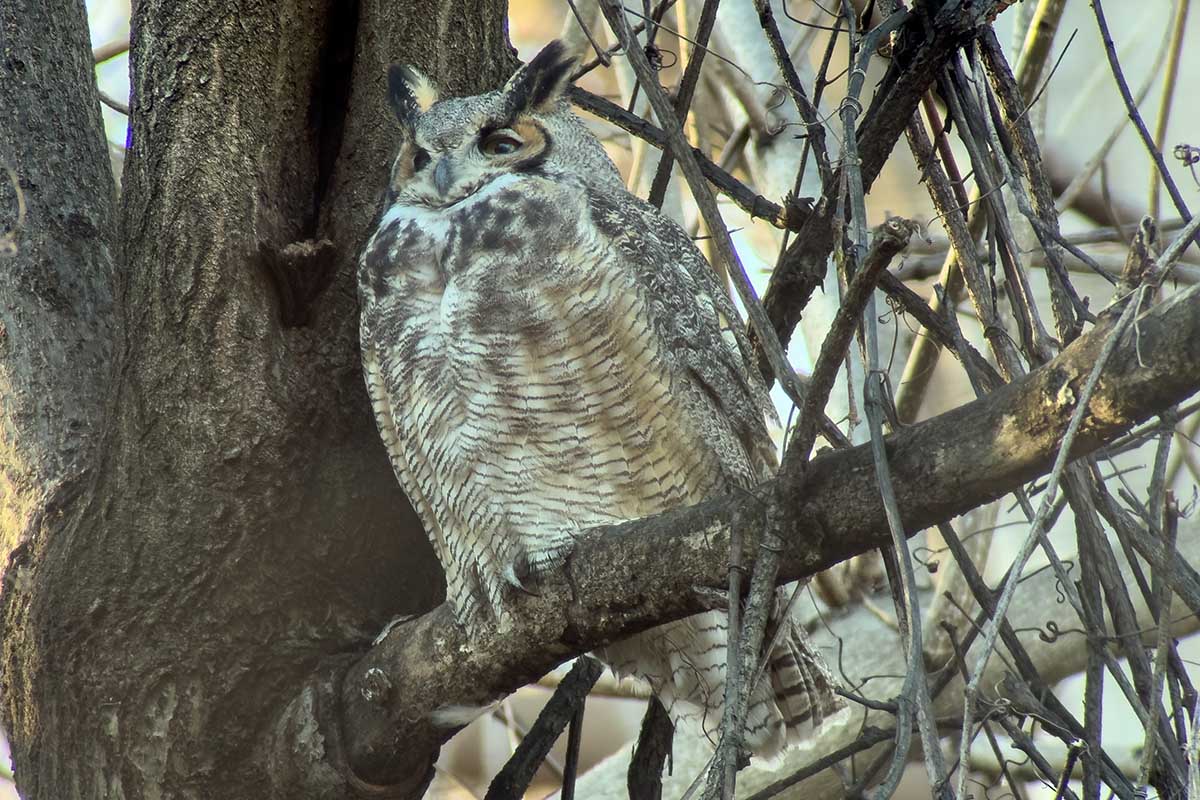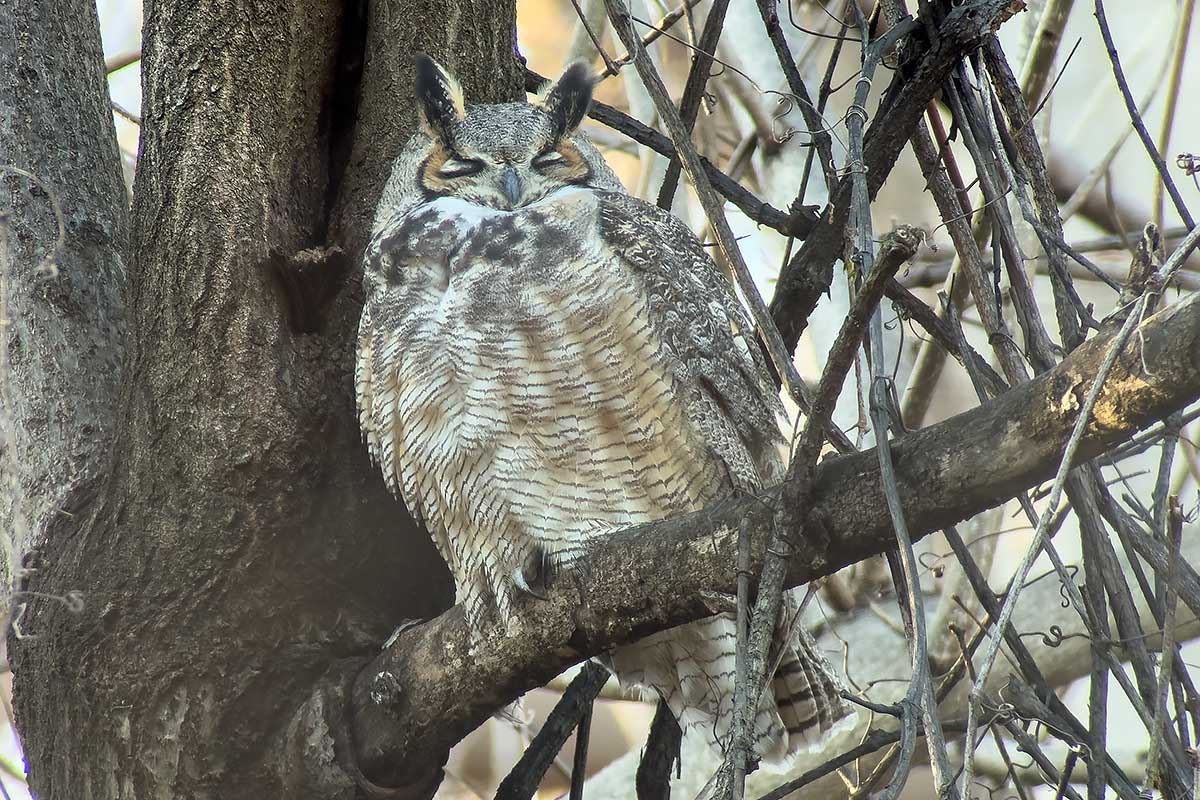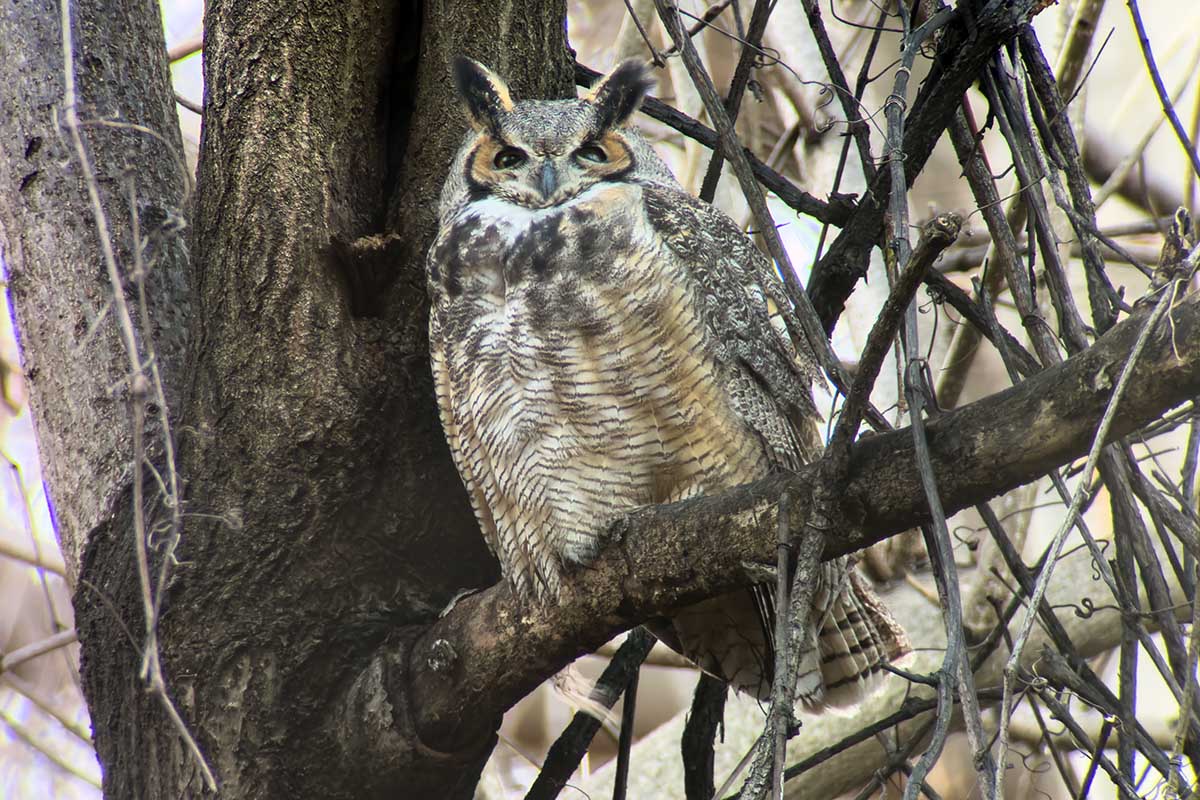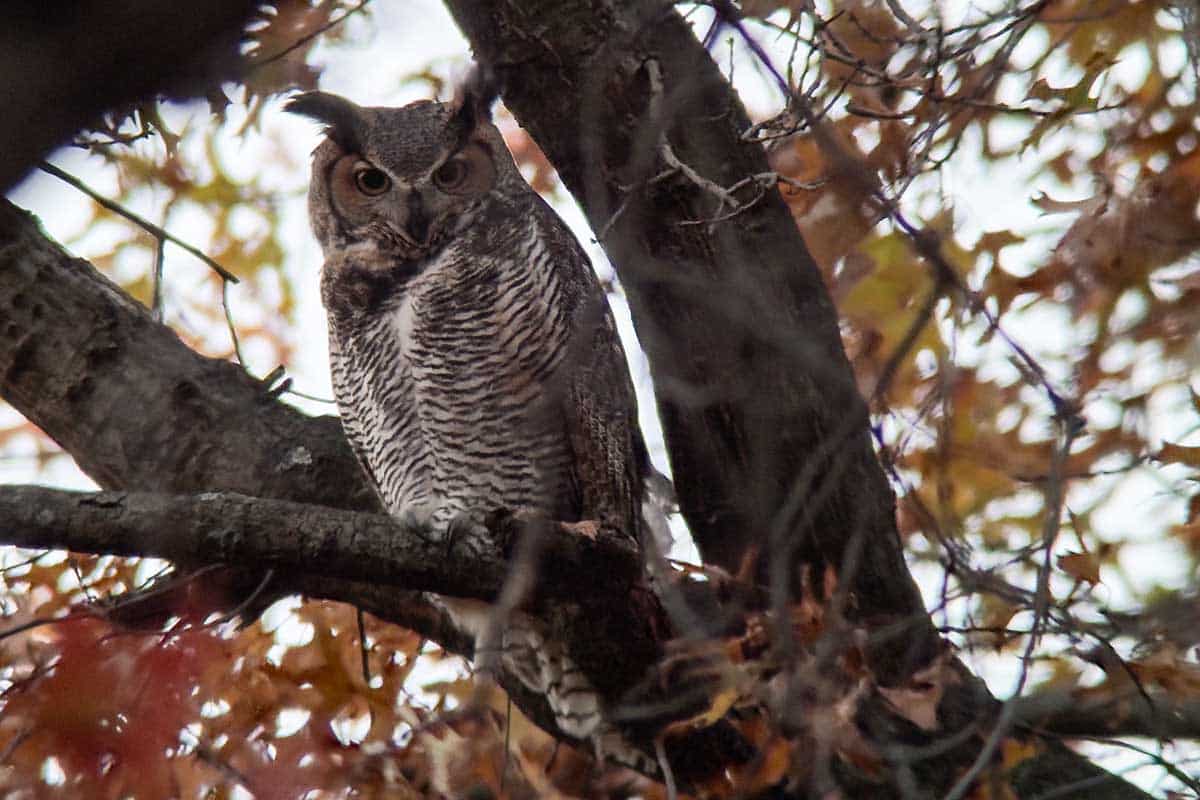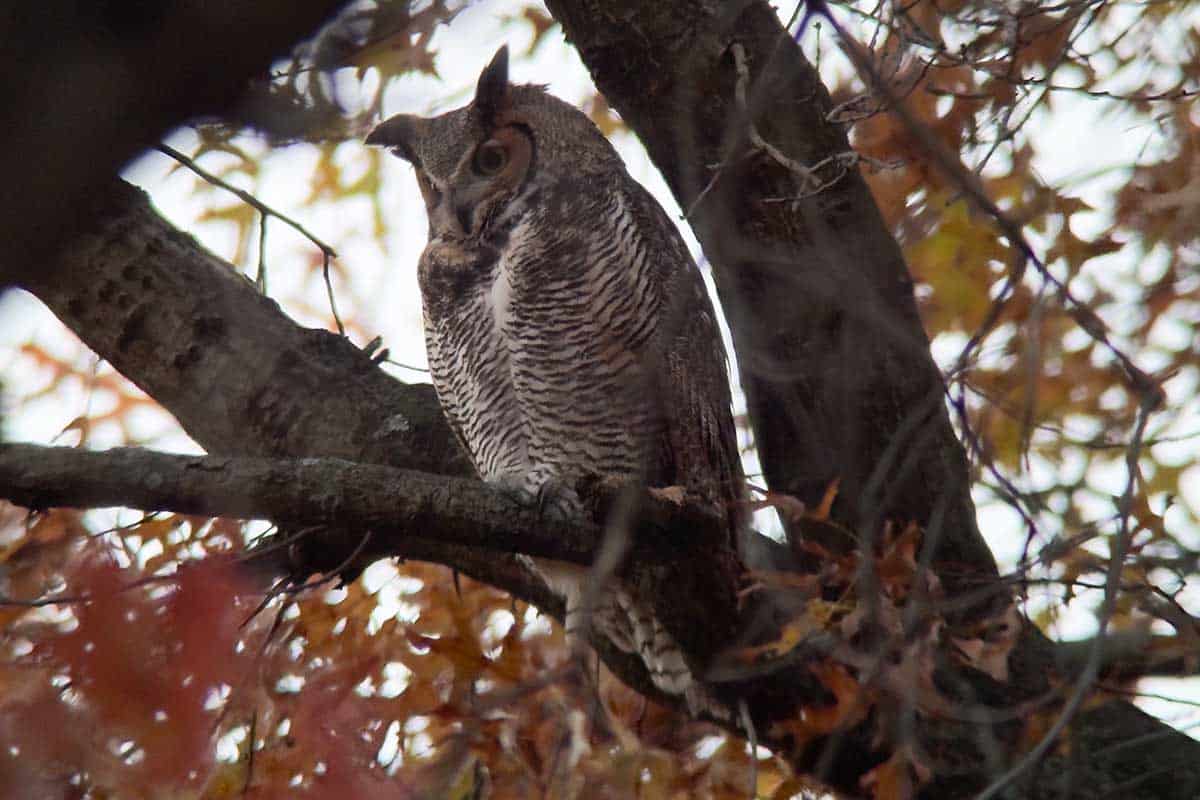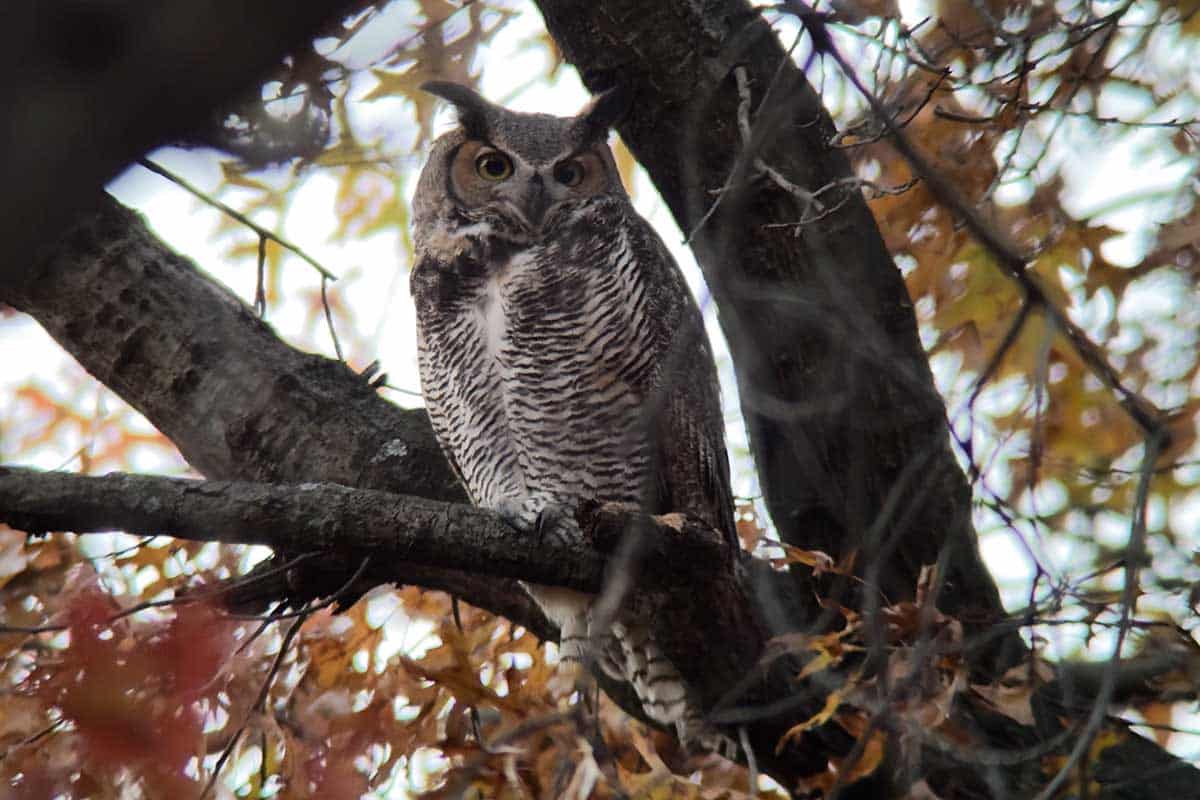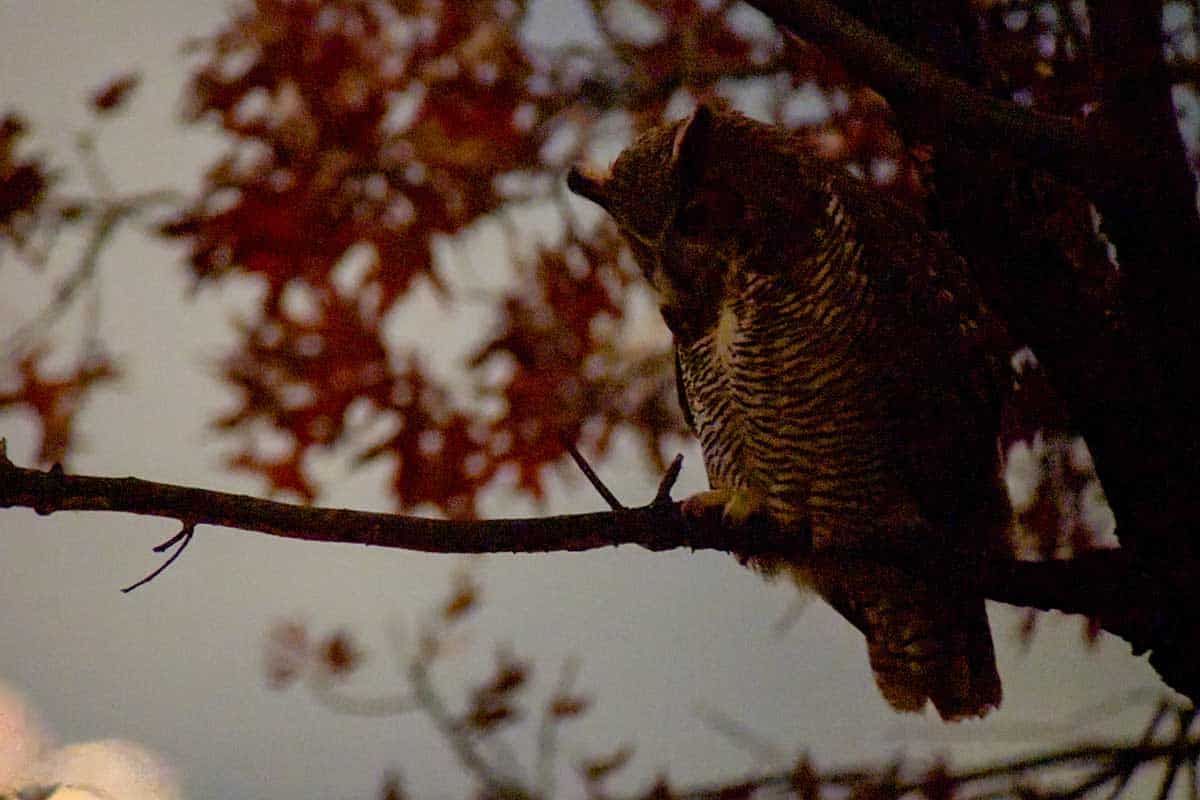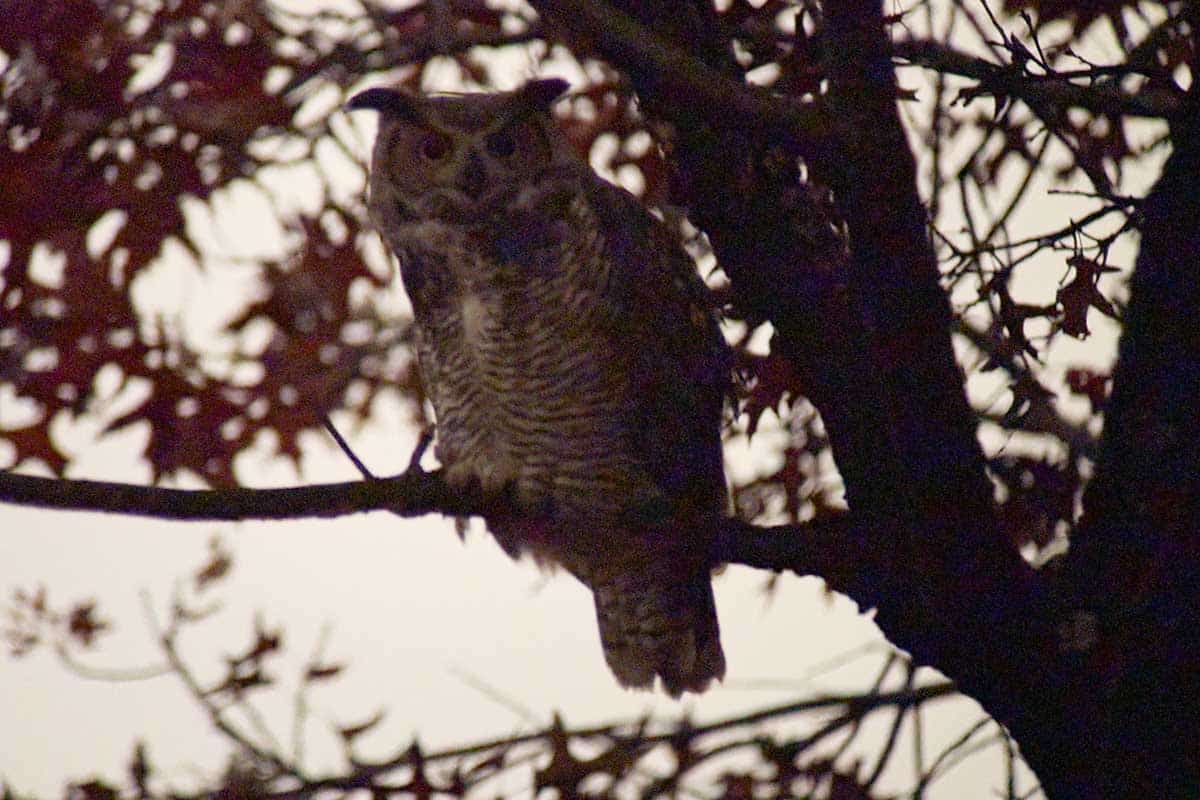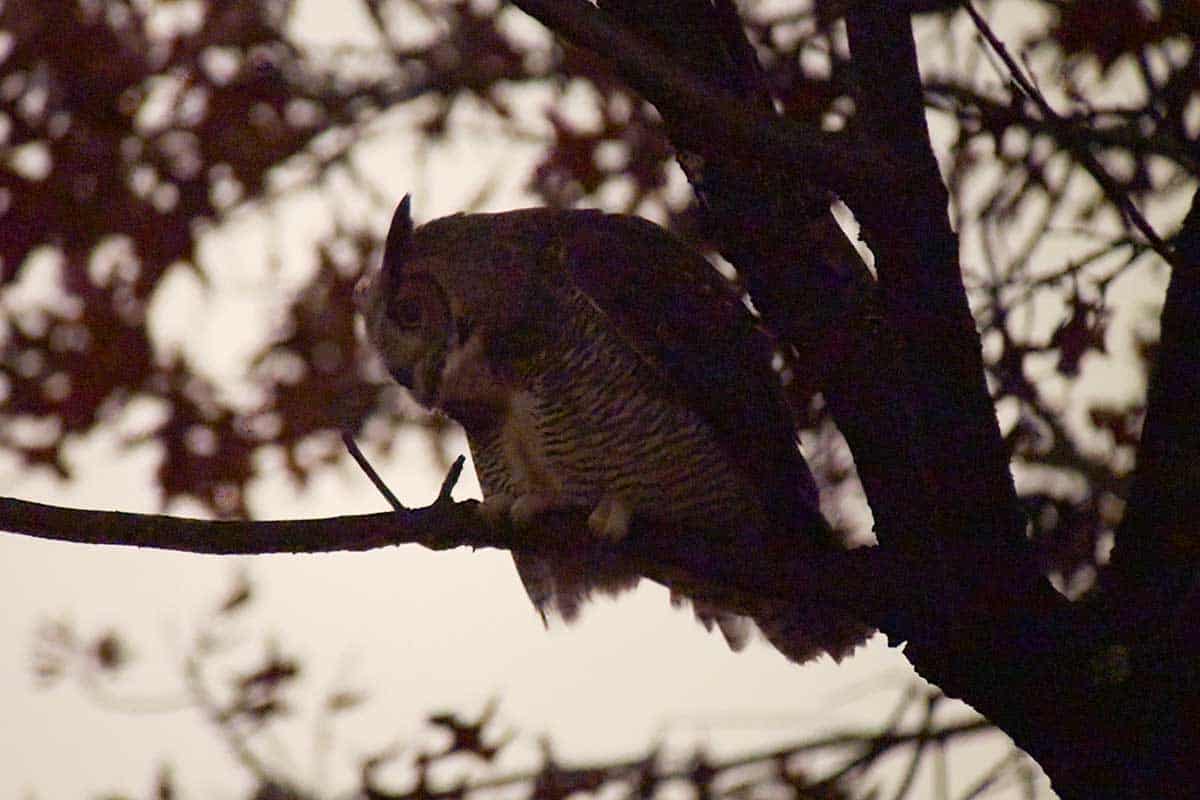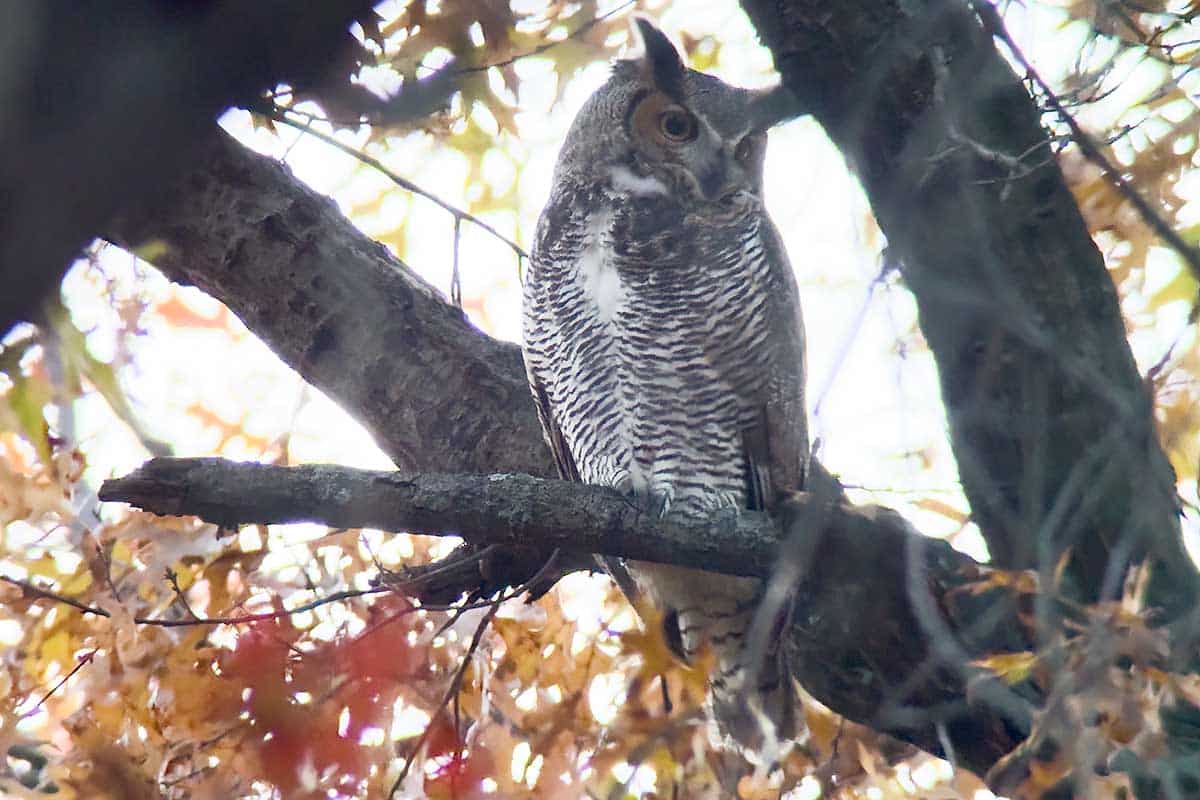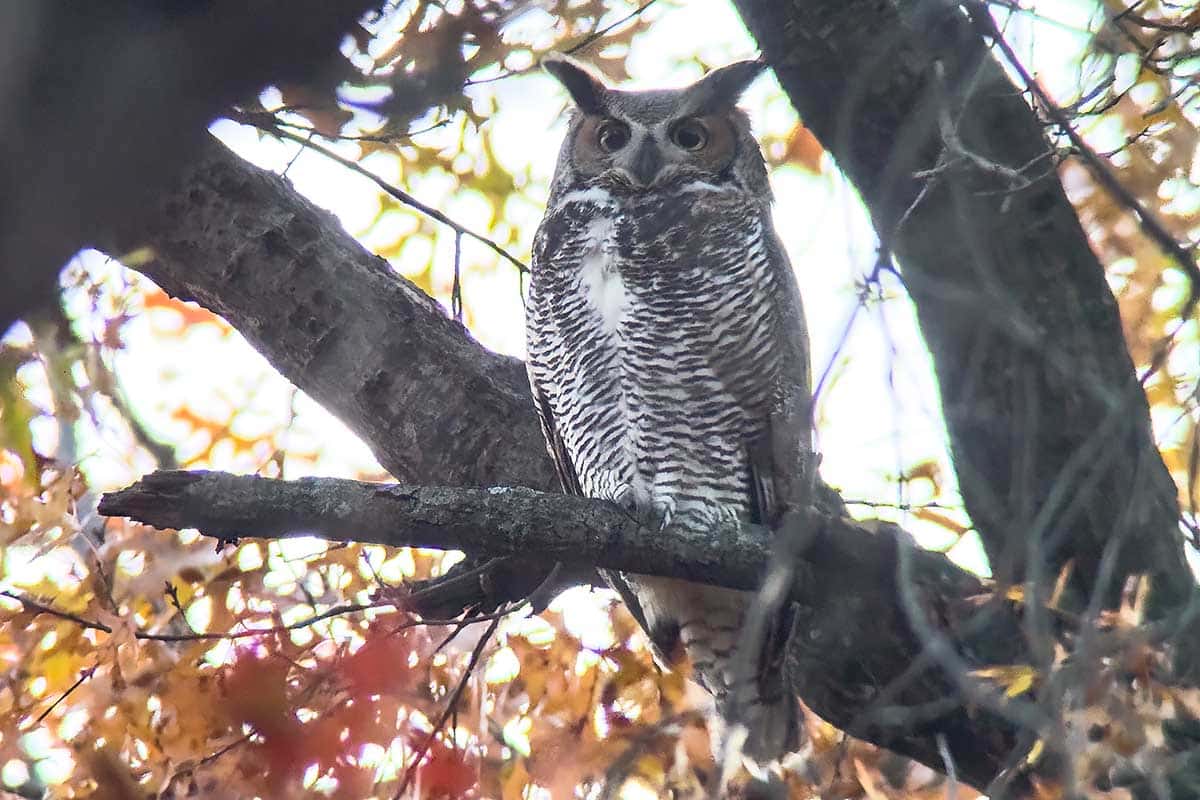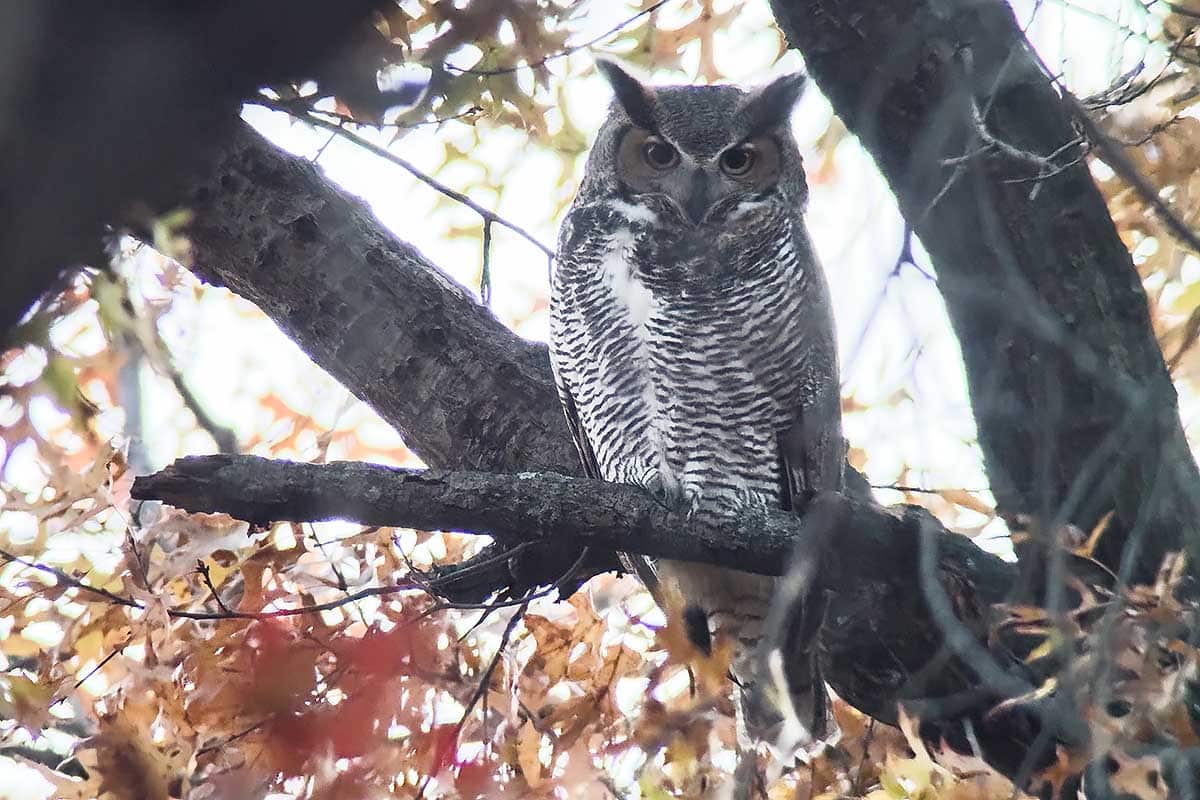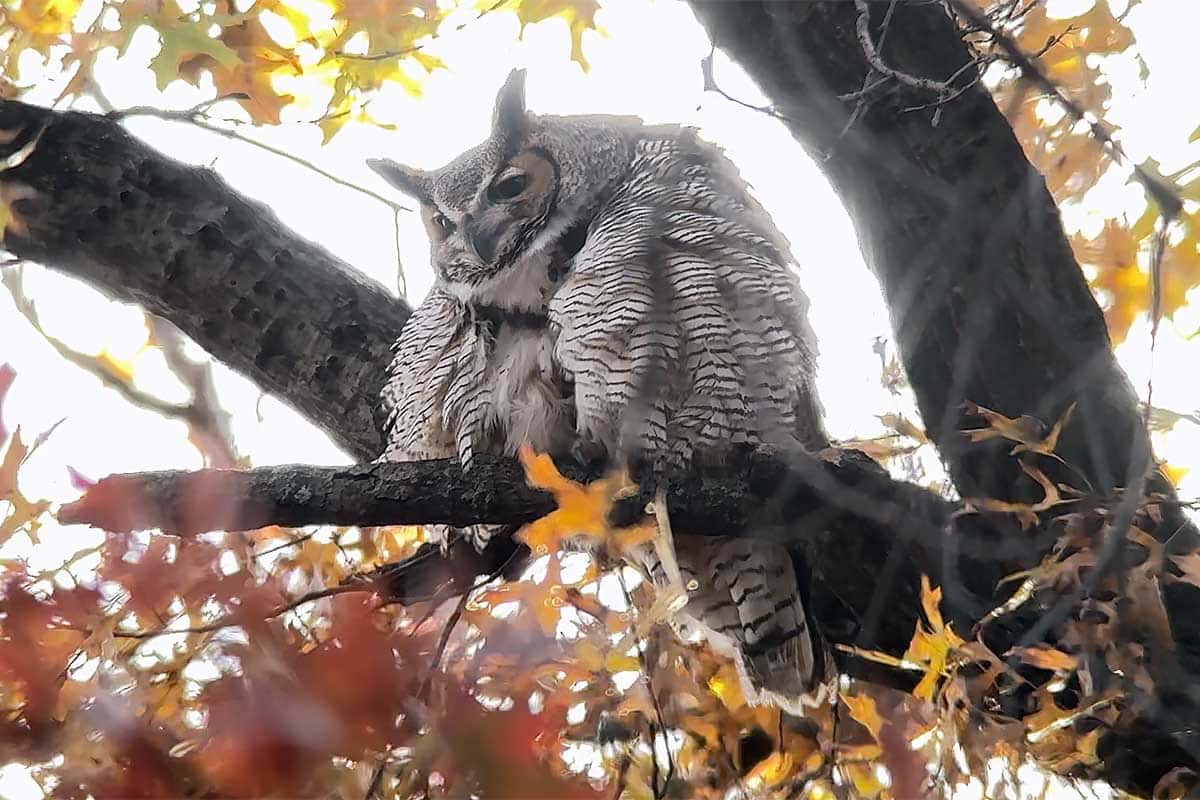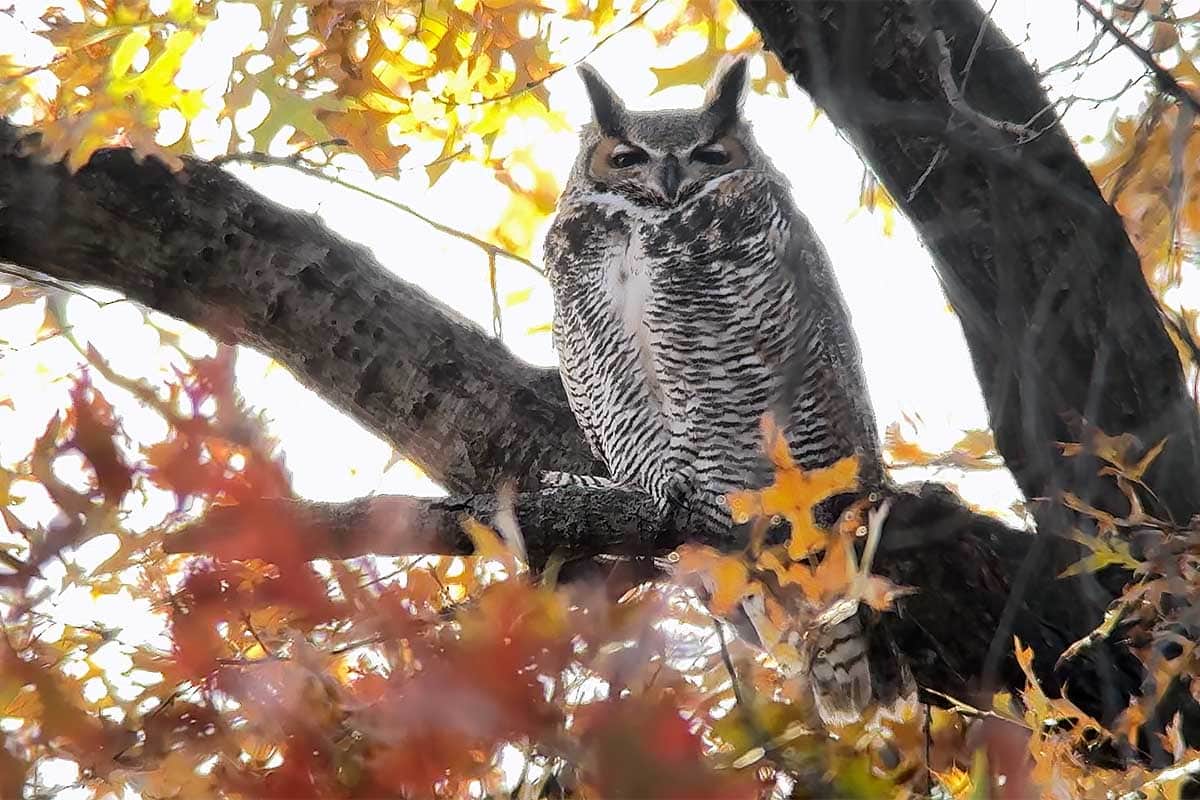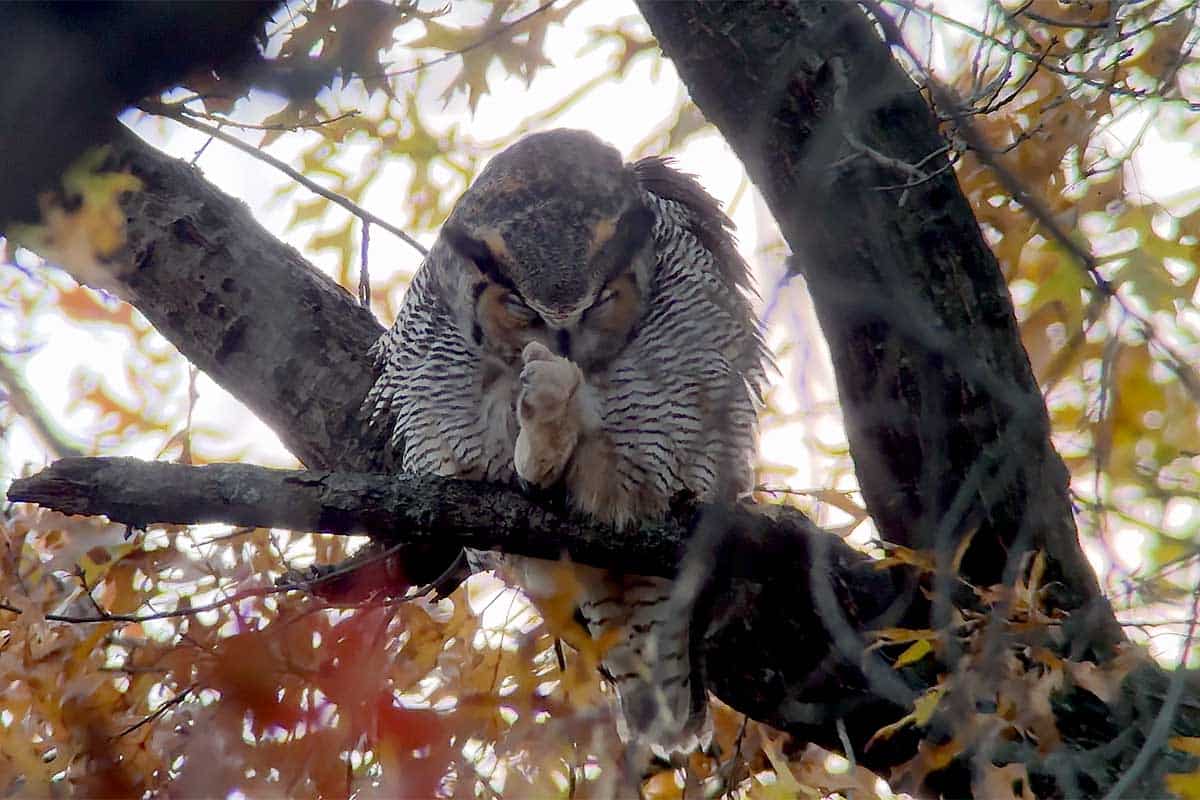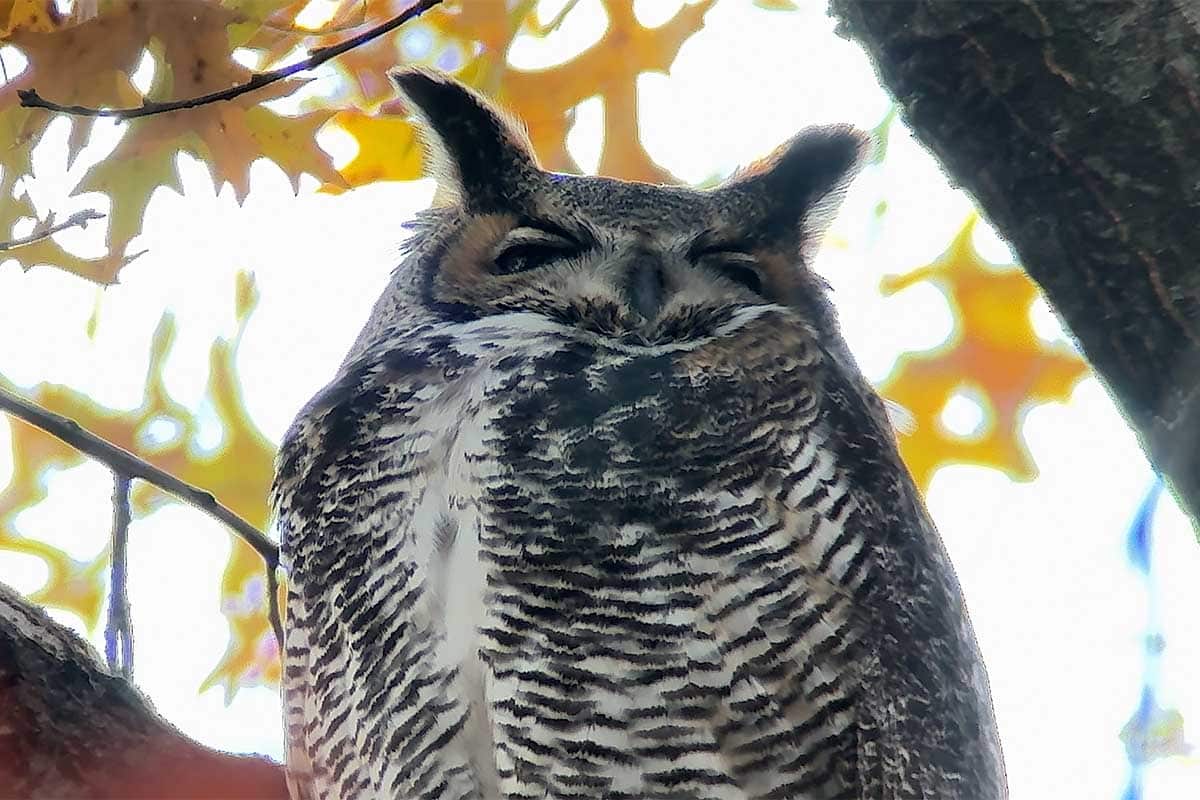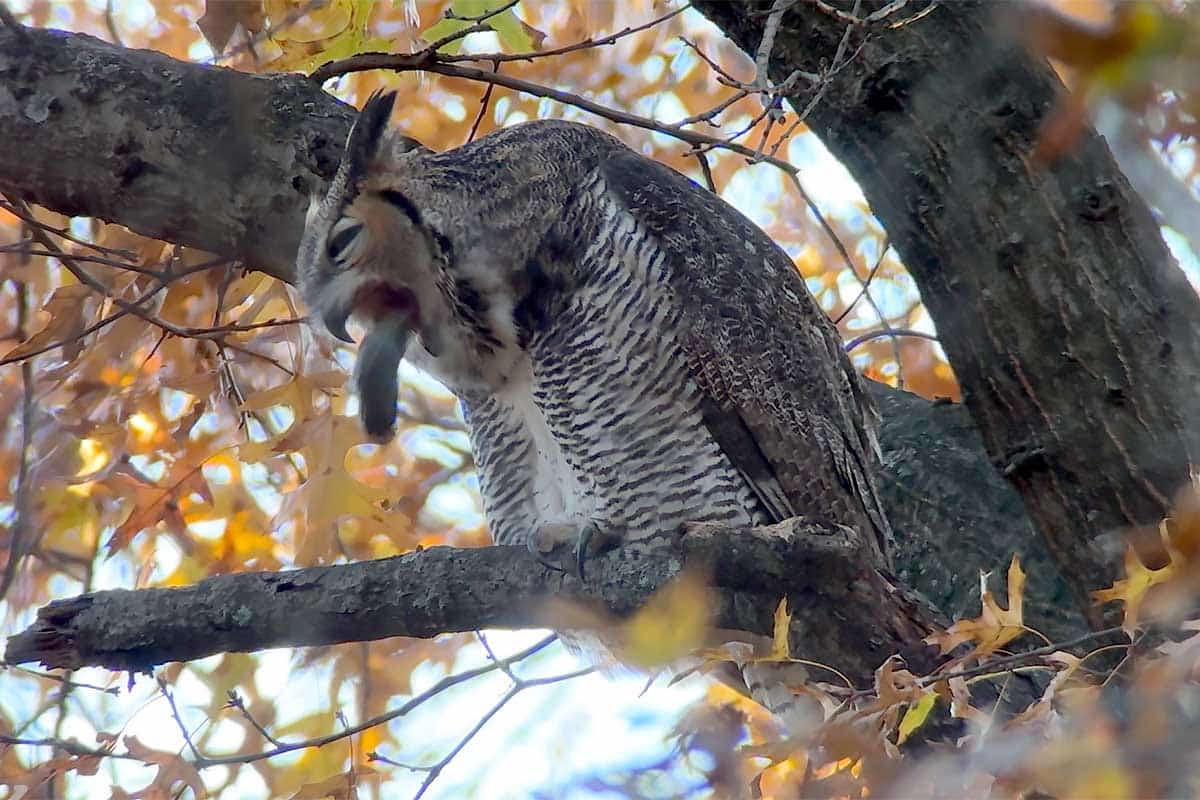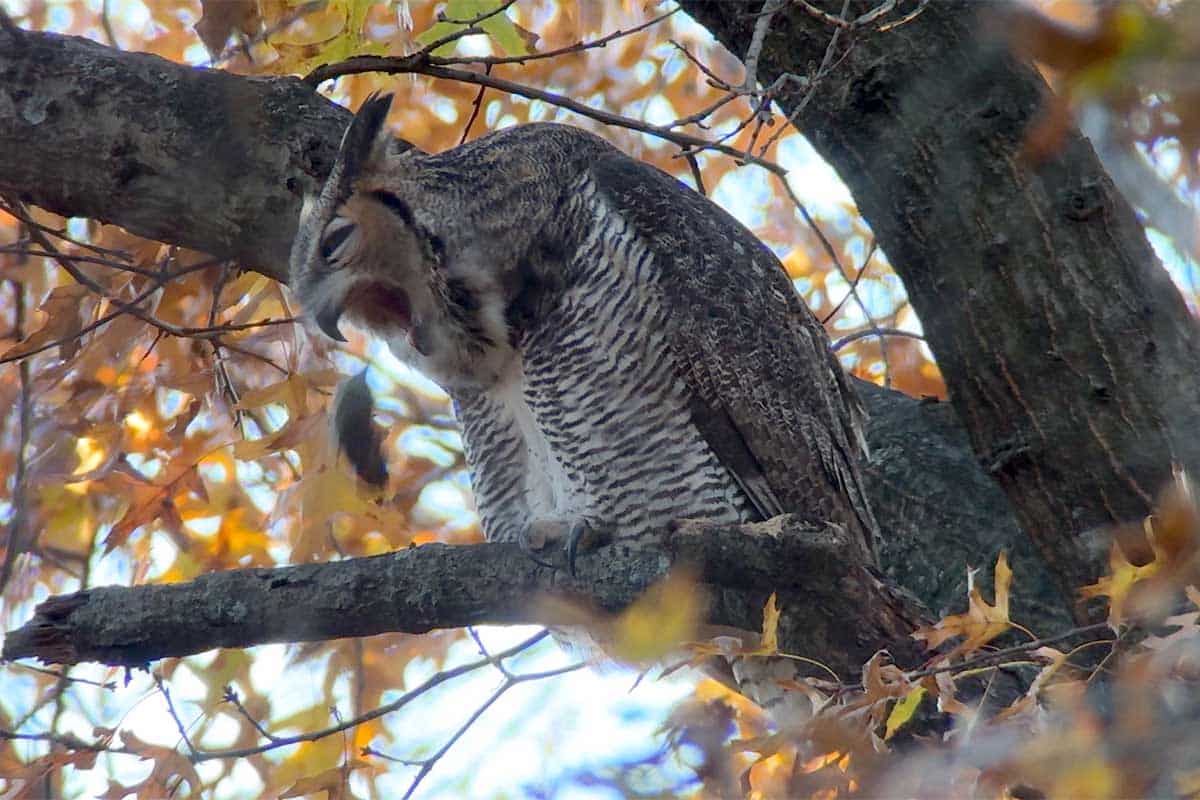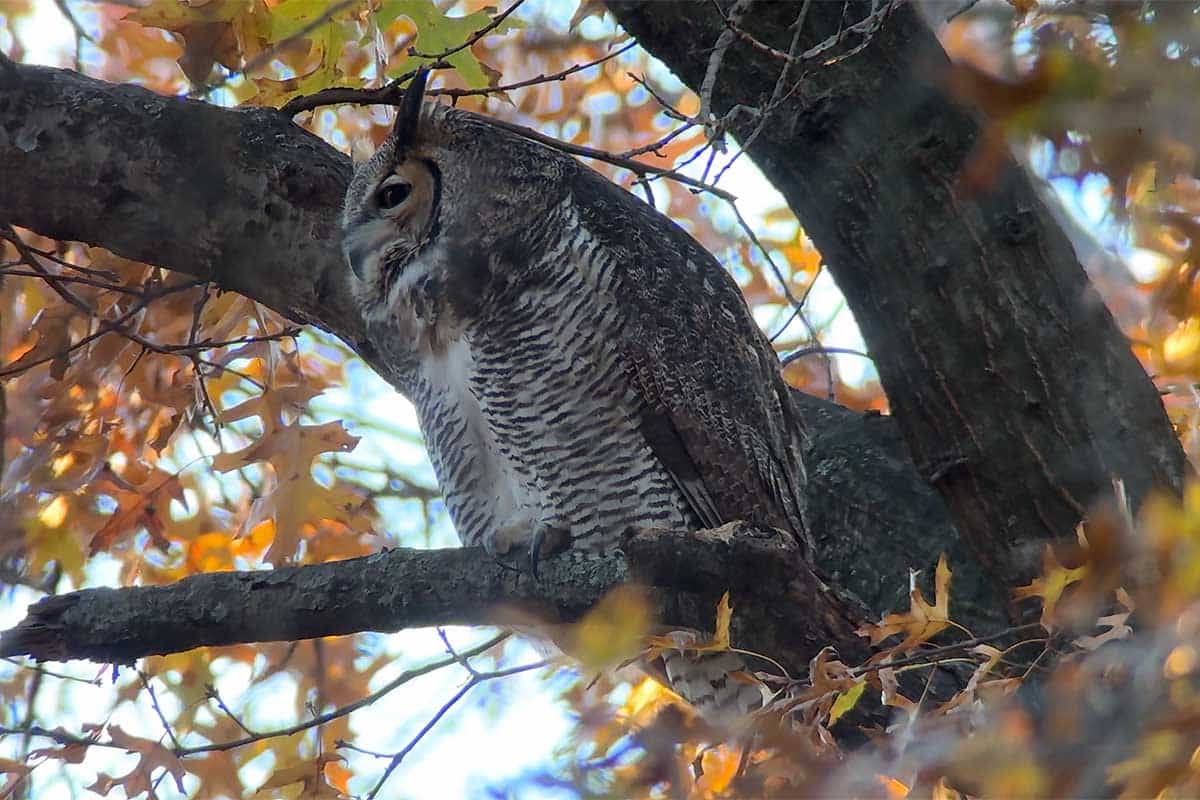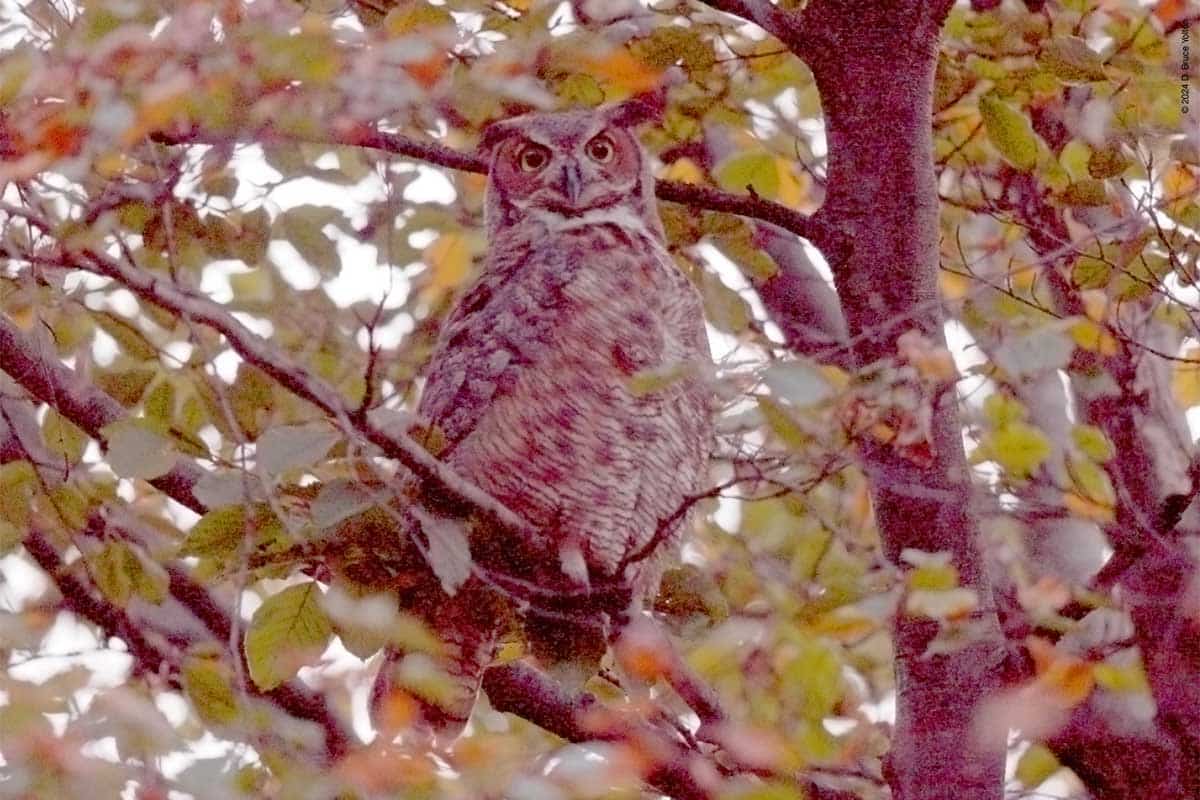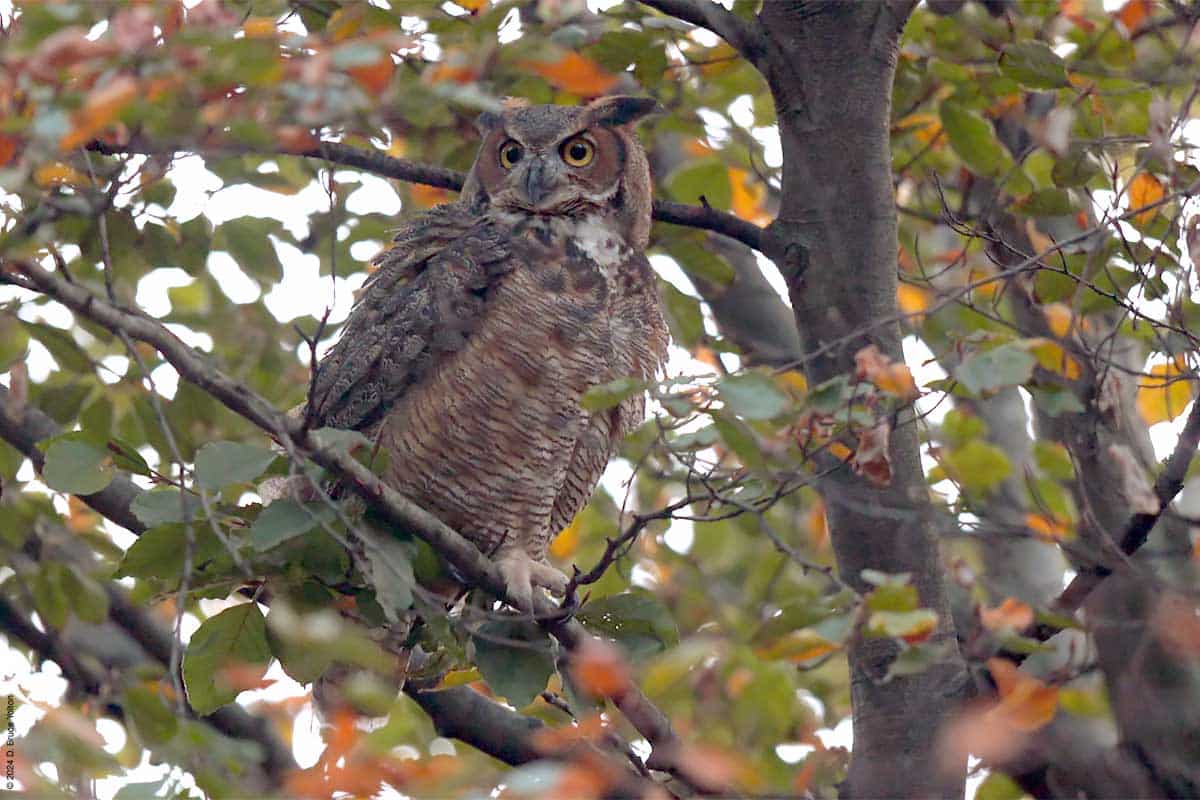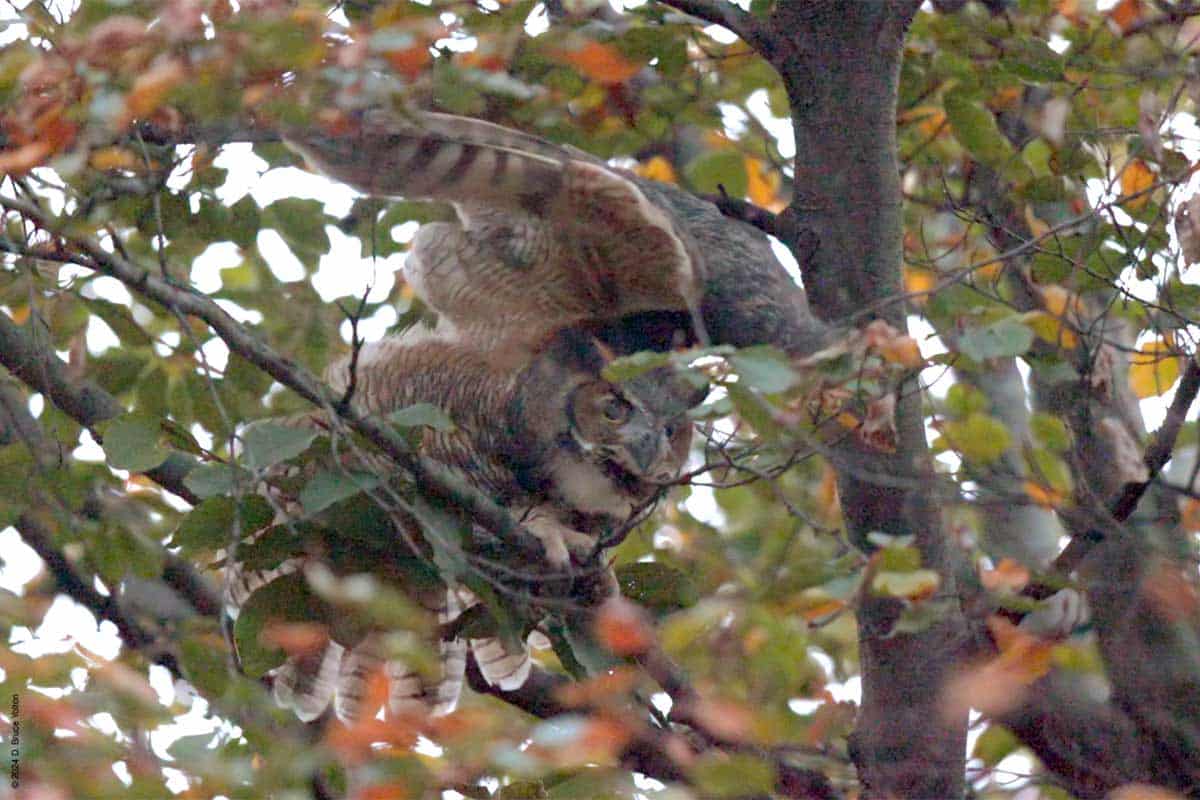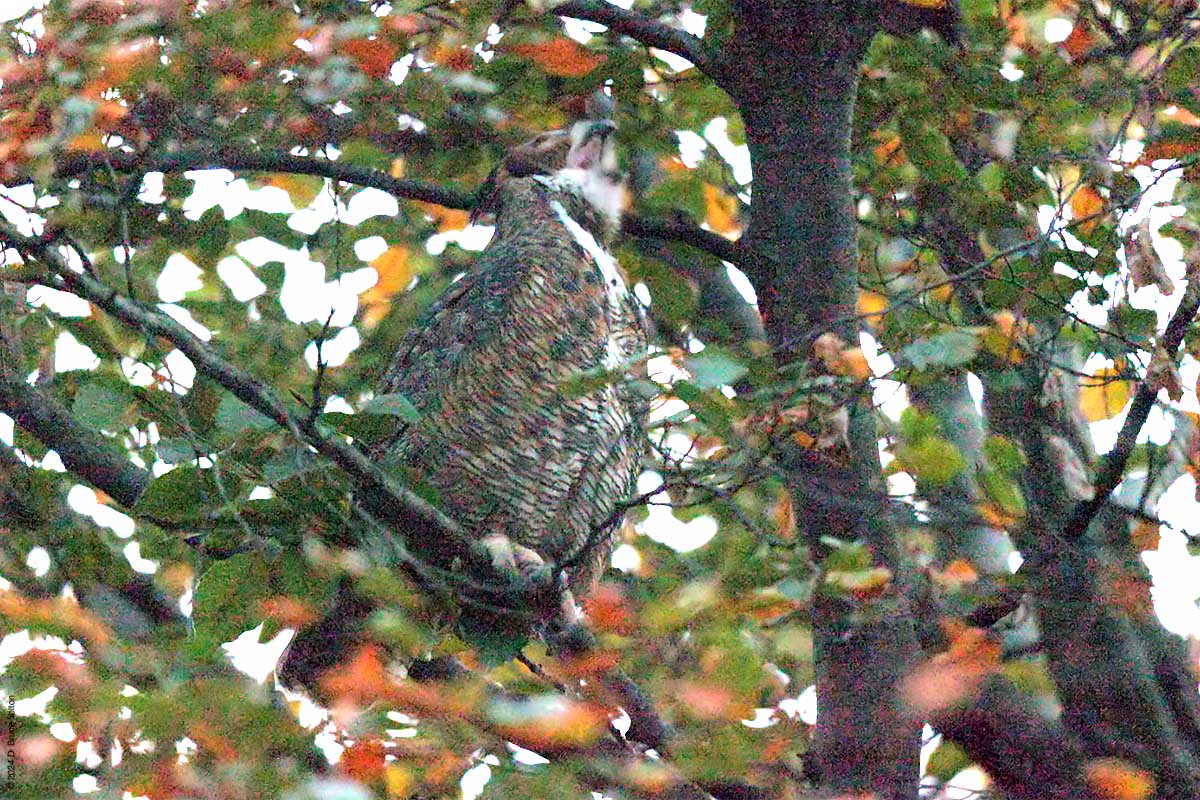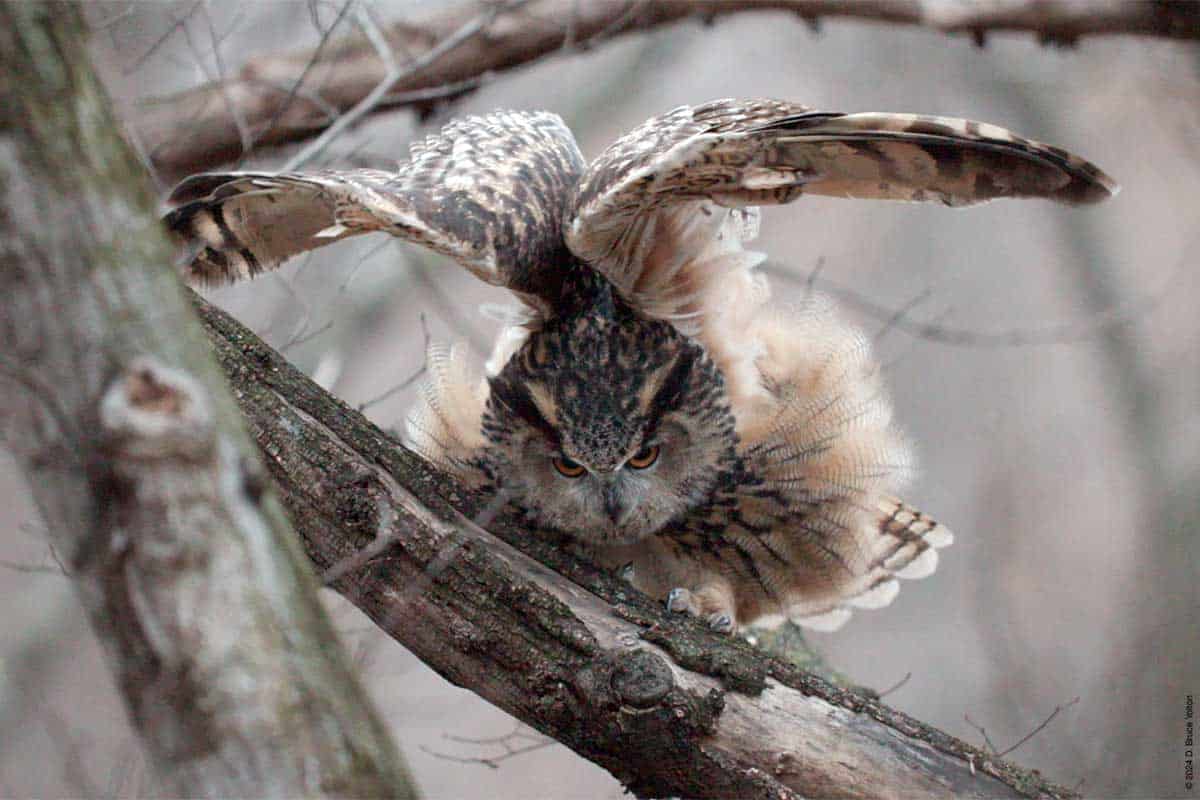Snowy Owl in December of 2024
I went to Governors Island in late December of 2024, hoping to find American Pipit and to see if the Horned Lark flock had stuck around couldn’t find either.
However, I did end up seeing one of my favorite species, a Snowy Owl. I was walking around the south lawn of Discovery Hill looking for pipits and heard a murder of American Crows. One of the crows was dive bombing something. Thinking it might be attacking a Red-tailed Hawk, I quickly ran to see what was being mobbed and was surprised to see a Snowy Owl instead! This was my third N.Y. County Snowy Owl, so I feel really blessed.
There had been a Snowy Owl reported at the Bayonne Golf Club course and the same day nearby at the Ocean Terminal in late November, and then in early December there was a photograph of one posted on social media, perched on top of a barge off Bay Ridge Brooklyn. I had looked for an owl during the Christmas Bird using my scope to look out at the ships and shoreline of Upper New York Harbor without any success and had given up any hope of seeing the owl on Governors Island.
It turns out after talking to some of the birders, who visit the island more frequently than I do, had seen the Snowy Owl on the island on and off since late November. Hats off to them for keeping a roosting owl under the radar. I believe I may have been the last person to see the owl on the island, as it wasn’t reported in January of 2025.
The owl was situated near some bushes and grasses growing which looked exactly like the habit you would see out at Jones Beach. I only had about ten minutes with the owl, before the crows flushed it from its roost. The owl flew west. I couldn’t keep track of it, as I was blocked by bushes on Discovery Hill, but I suspect it flew west off to New Jersey.
In January, a Snowy Owl was found in a few locations, near Liberty Island. I suspect we had the same owl exploring the Upper New York Harbor for a few months.
As I was leaving the area, I saw a rodent bait box which was disconcerting given the number of raptors on the island this winter.
(This post was delayed until I was sure the owl had left the area.)
